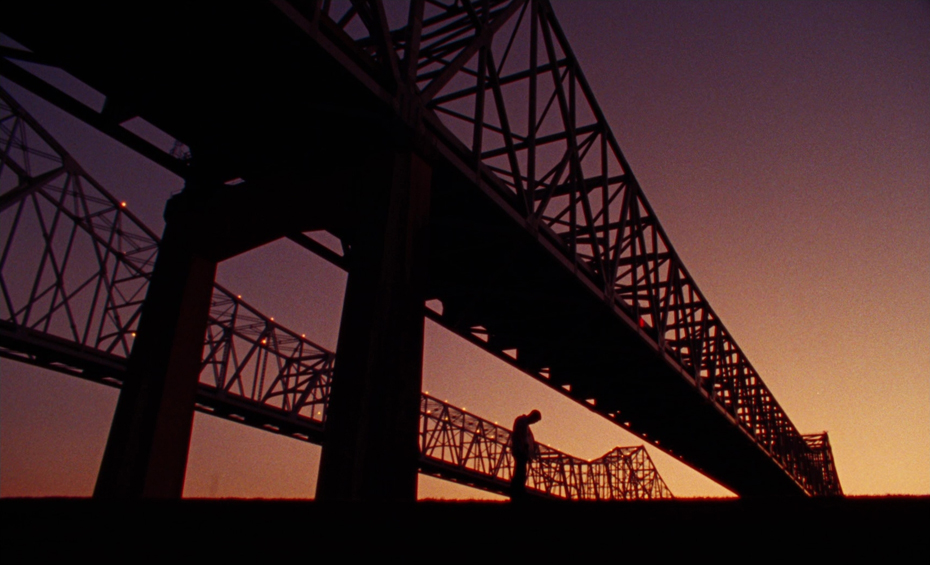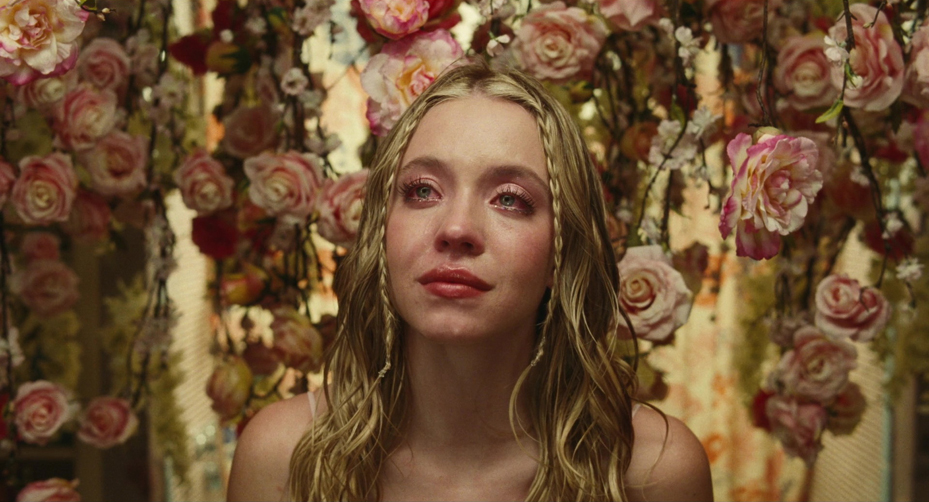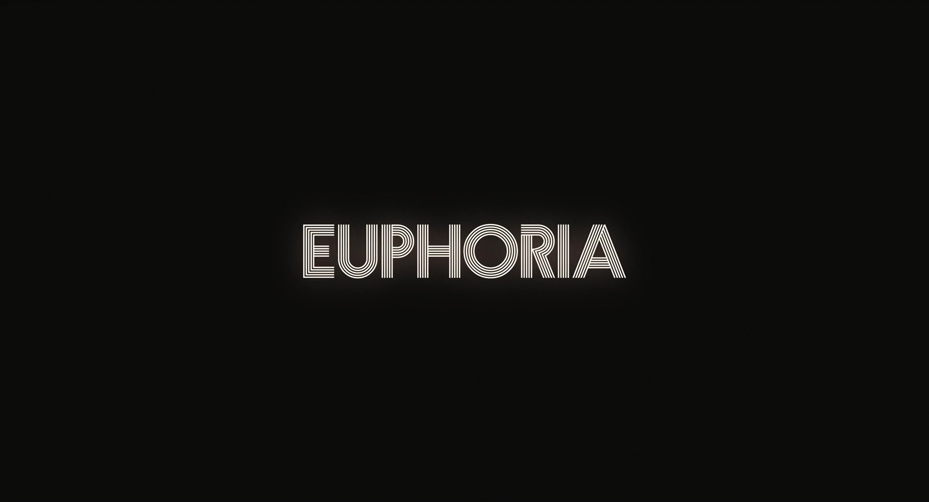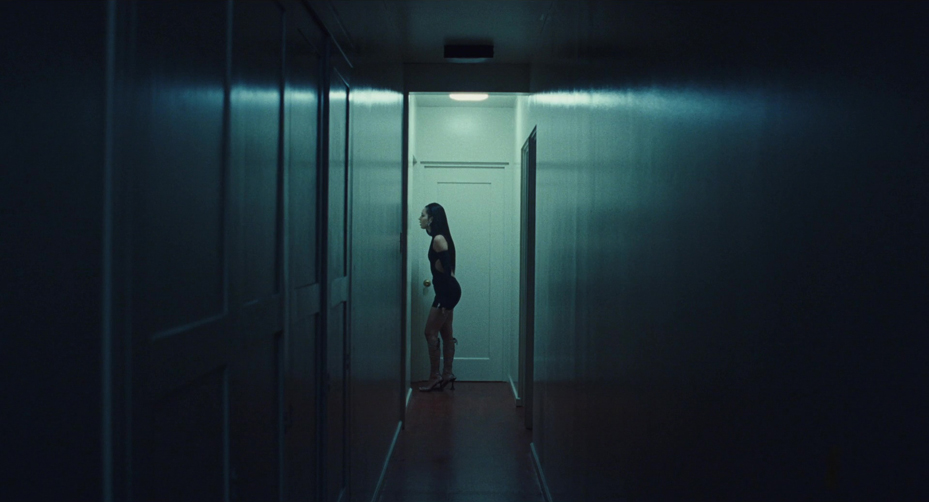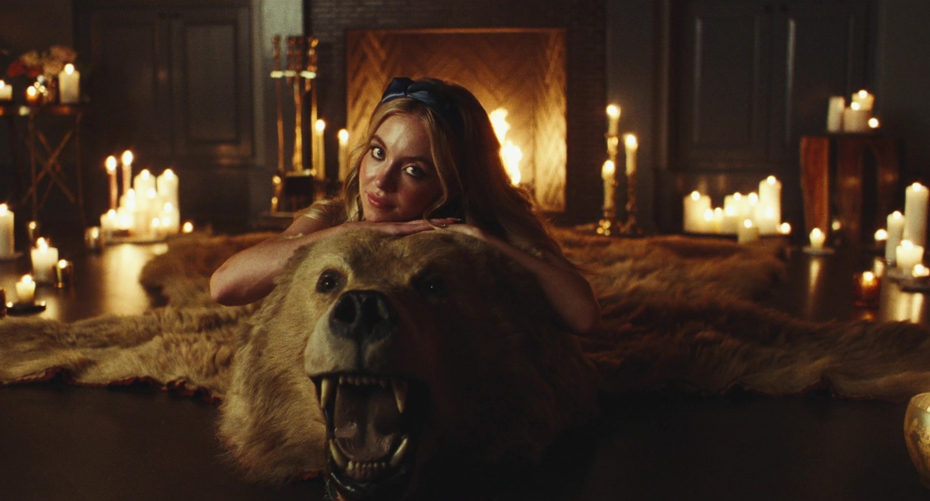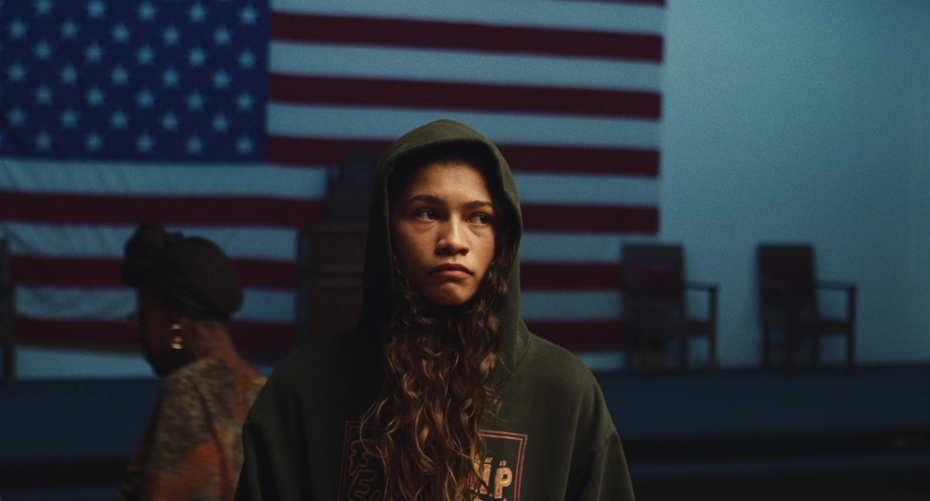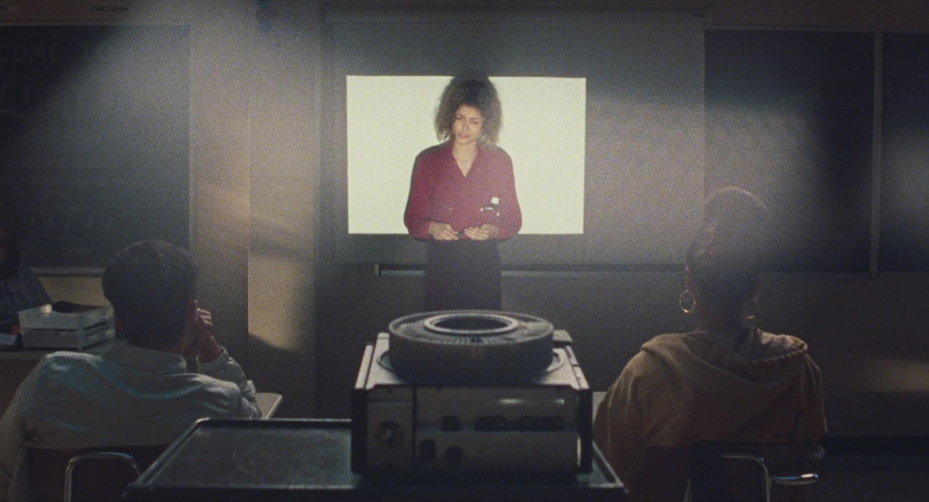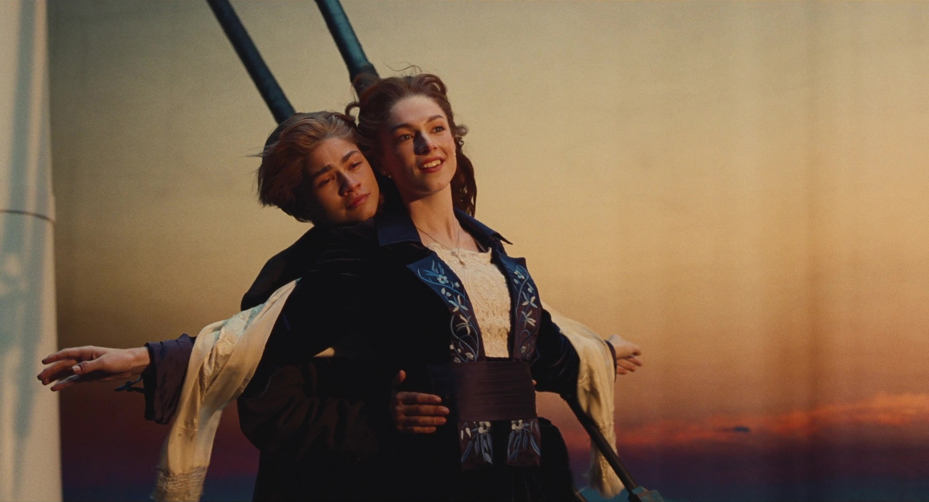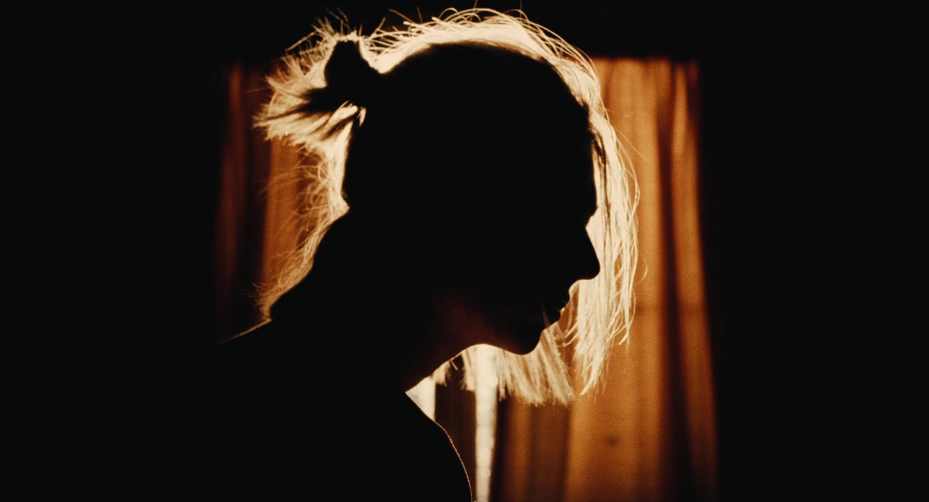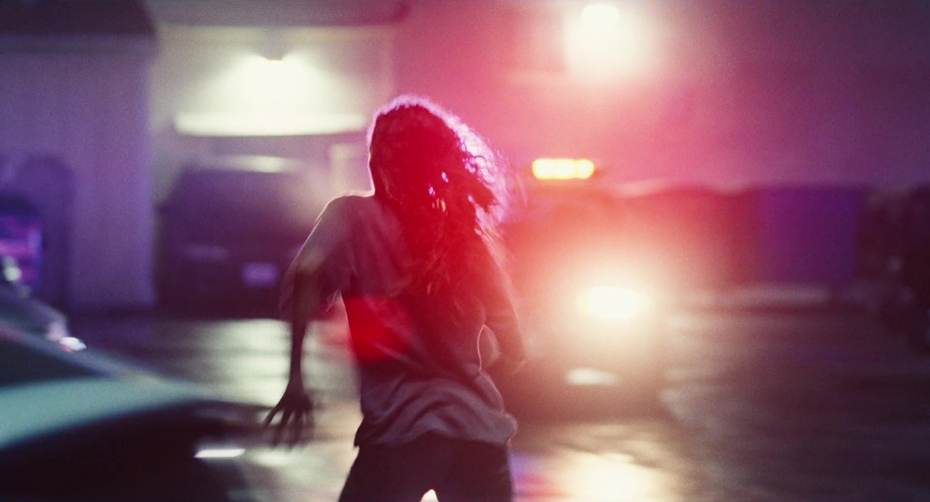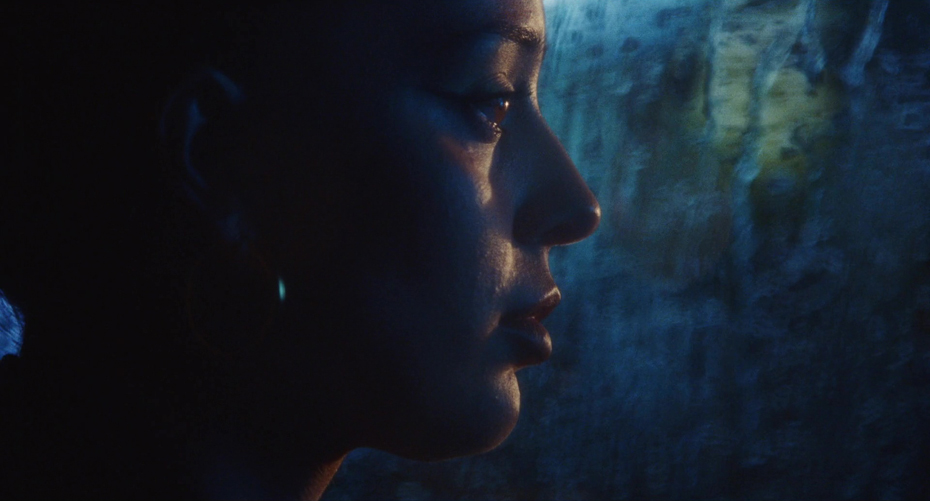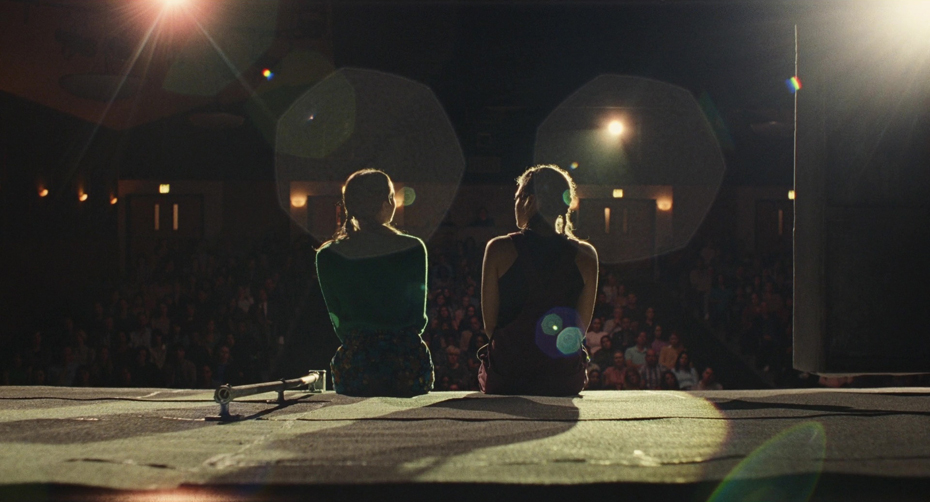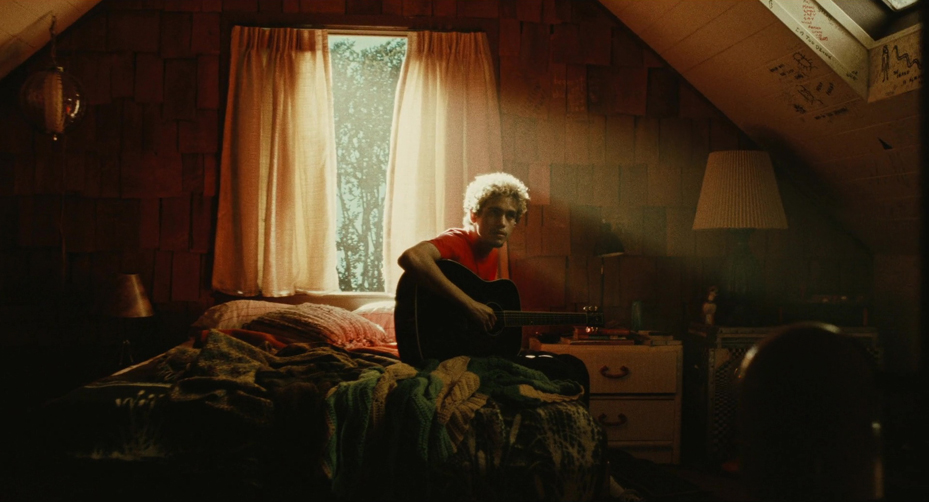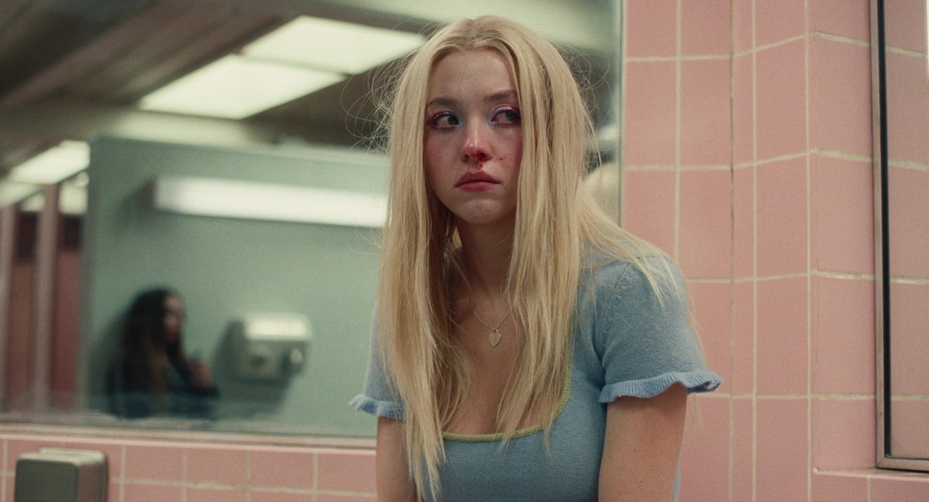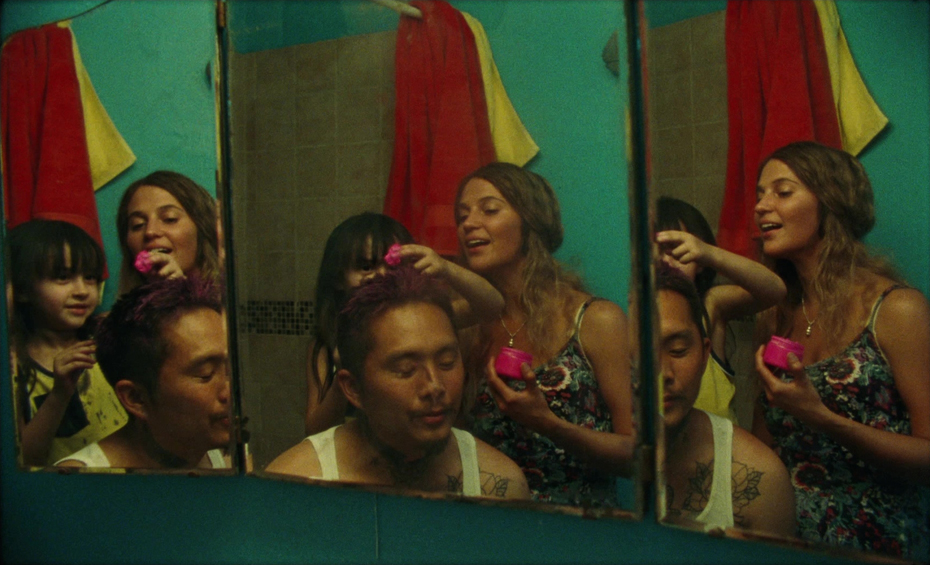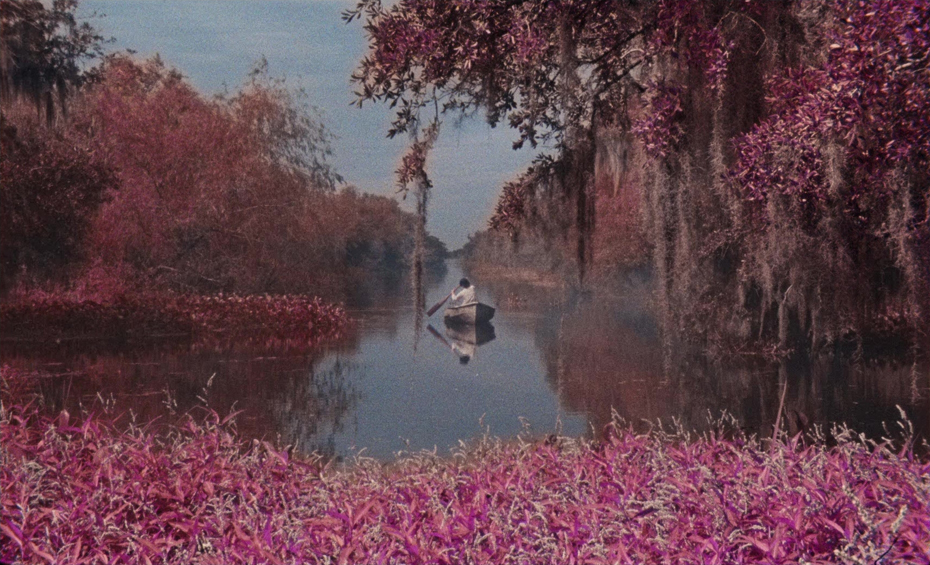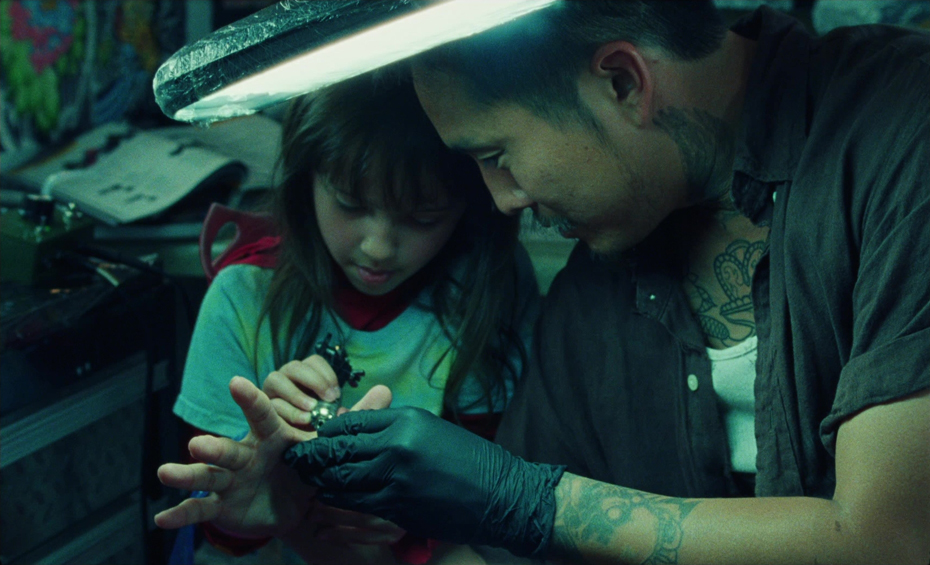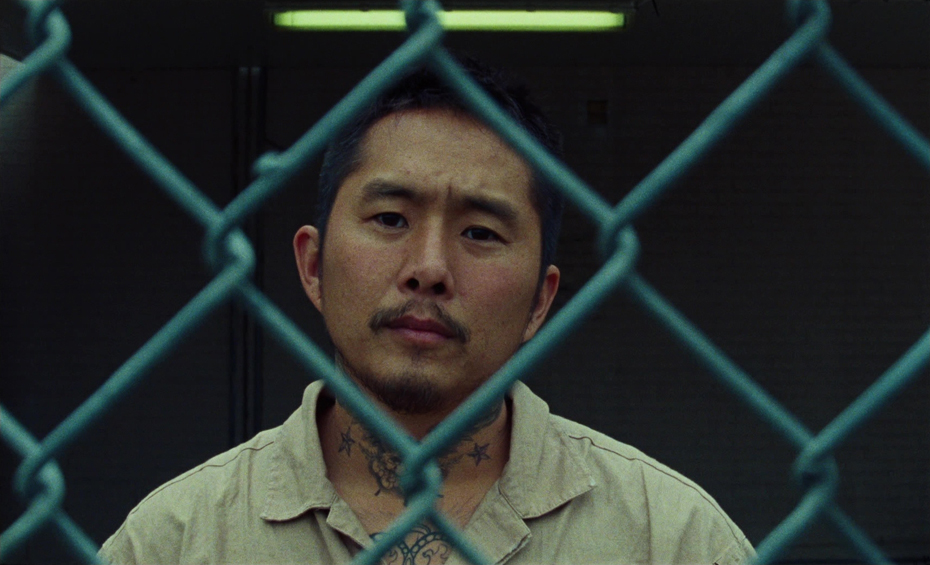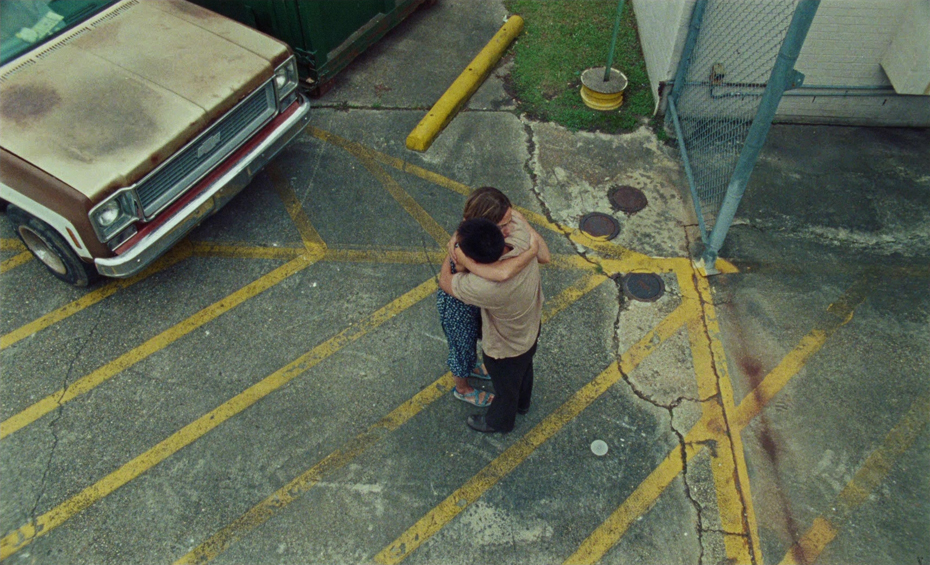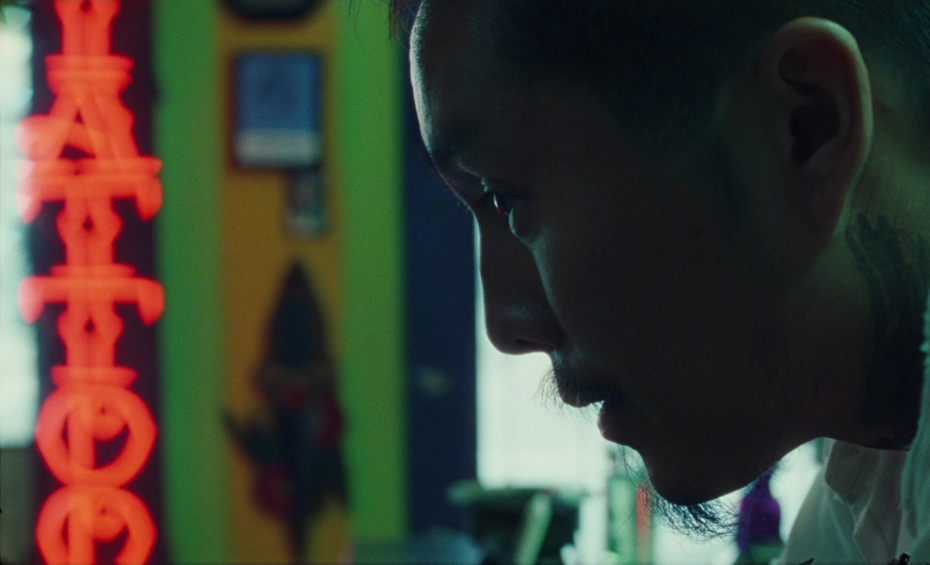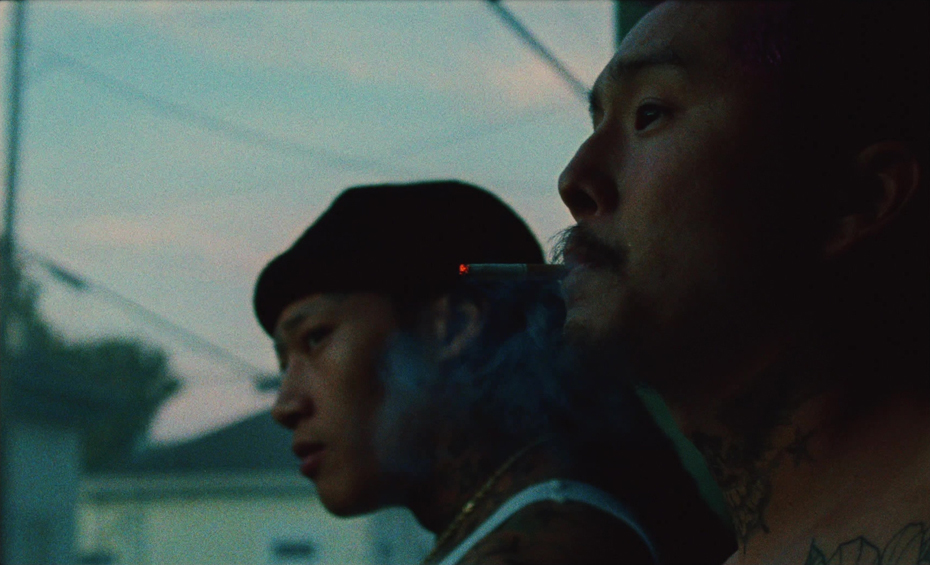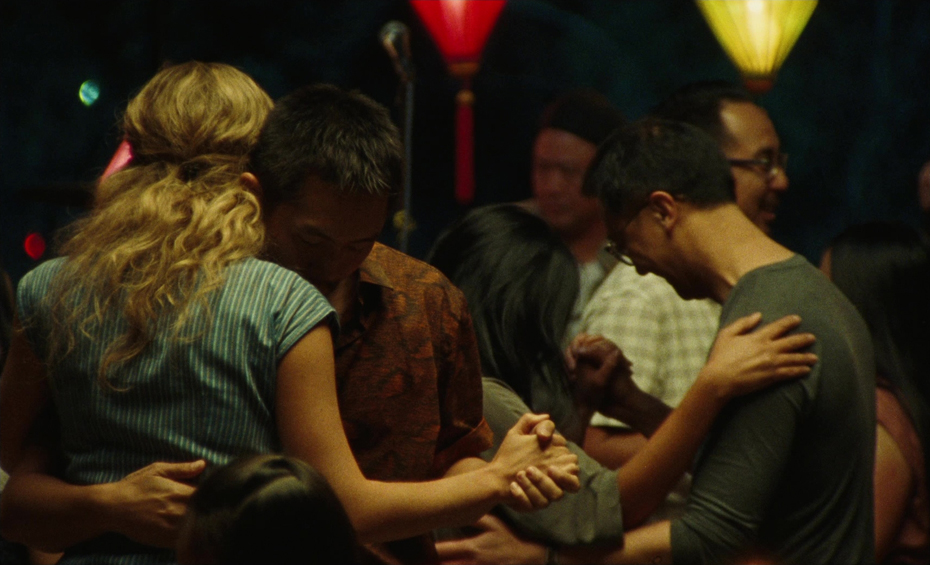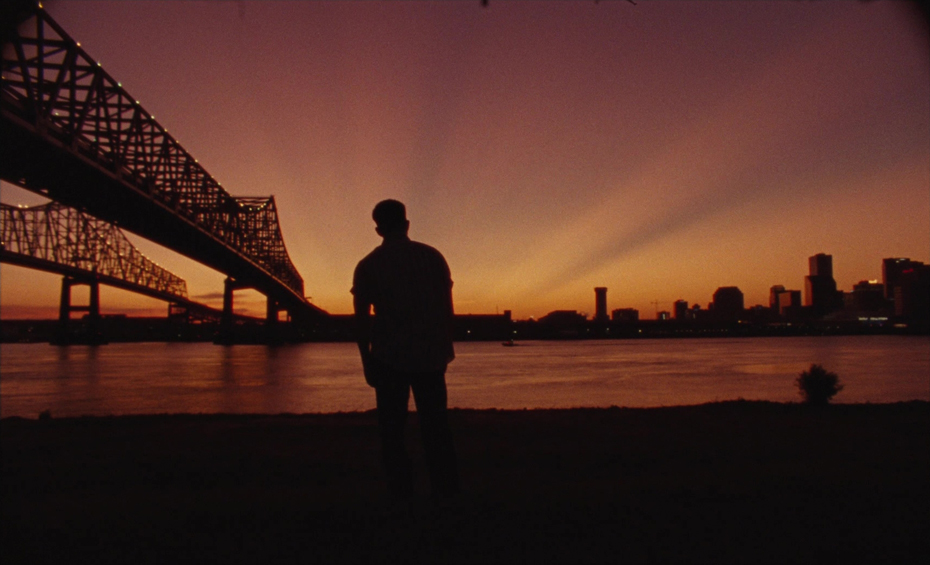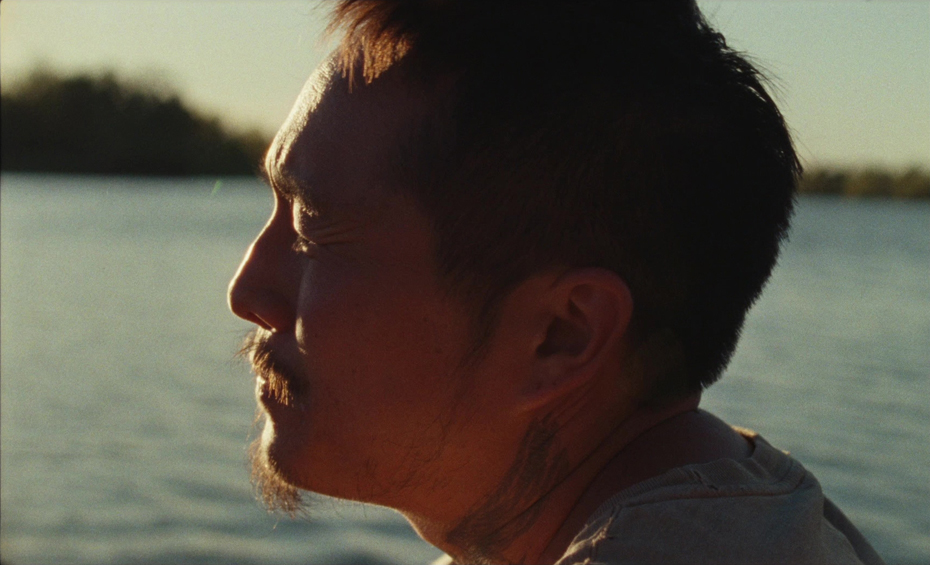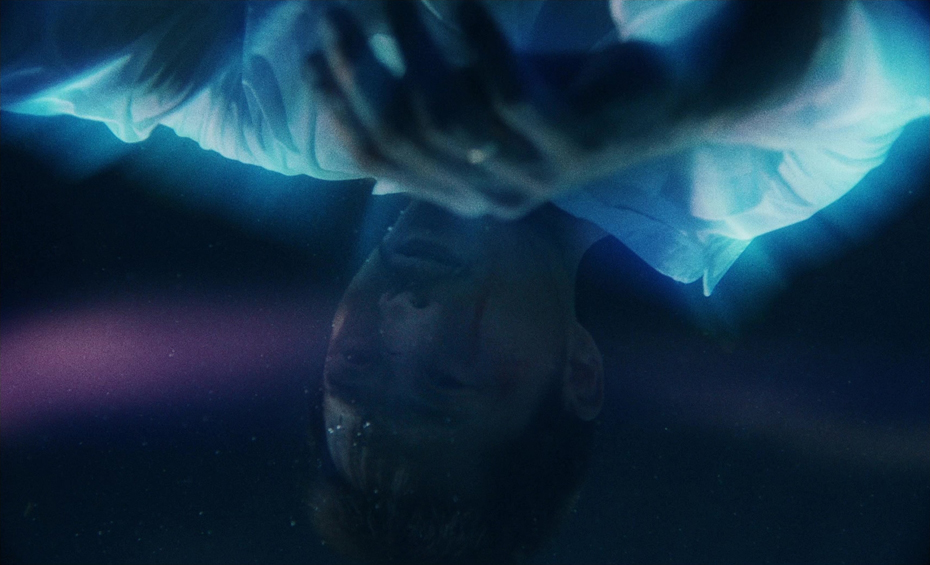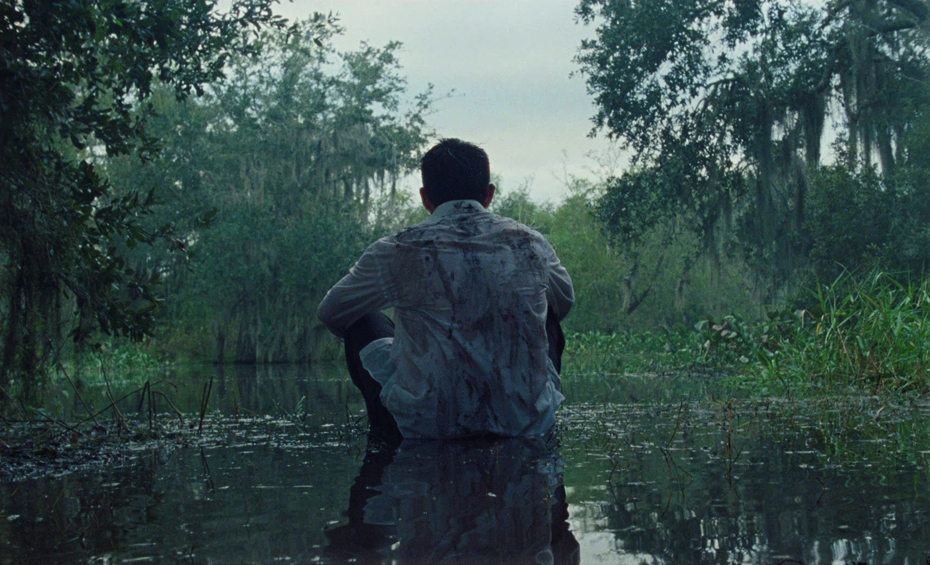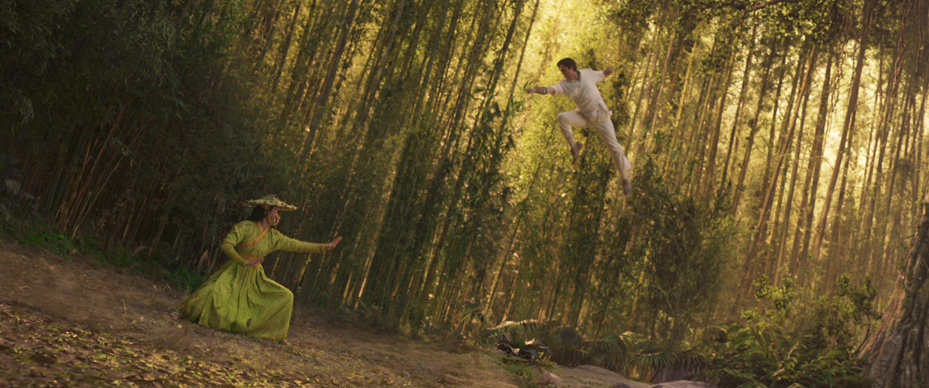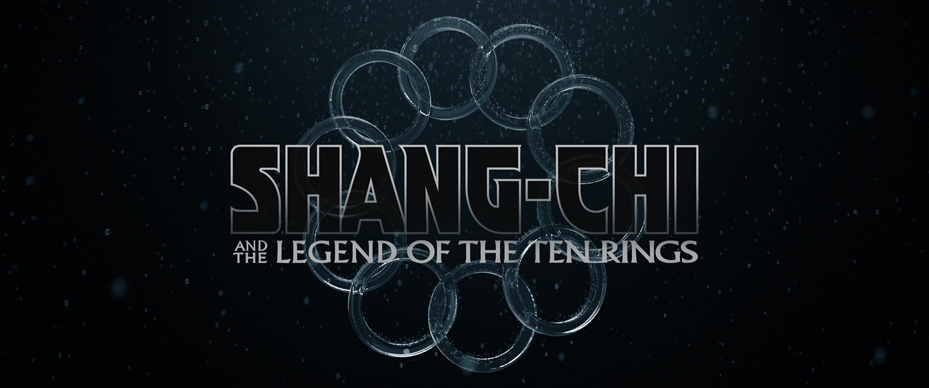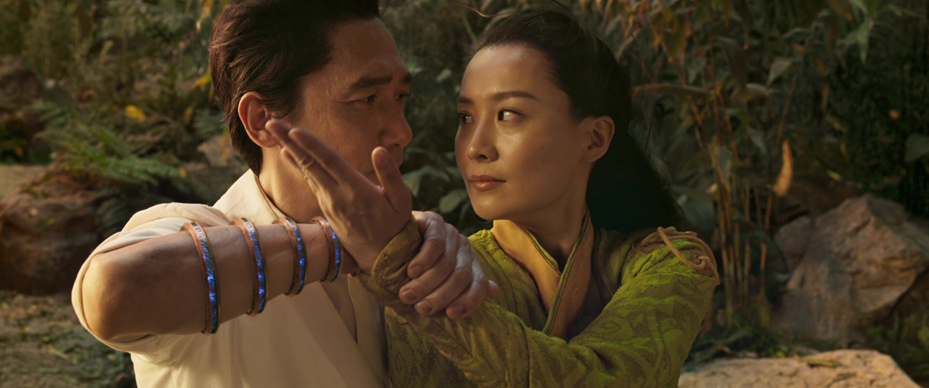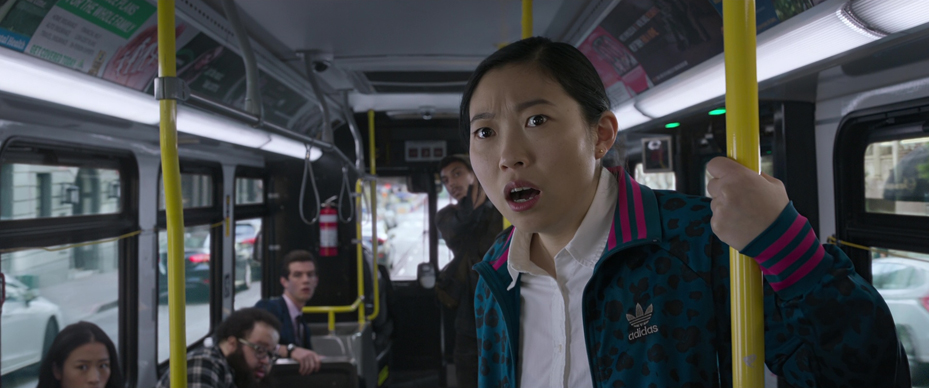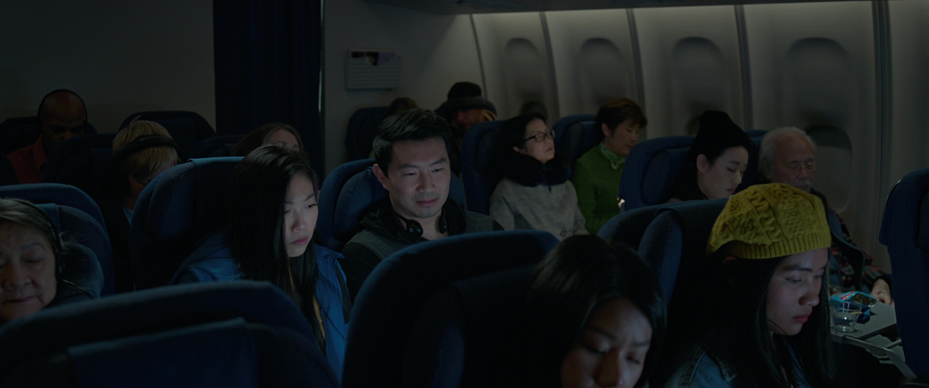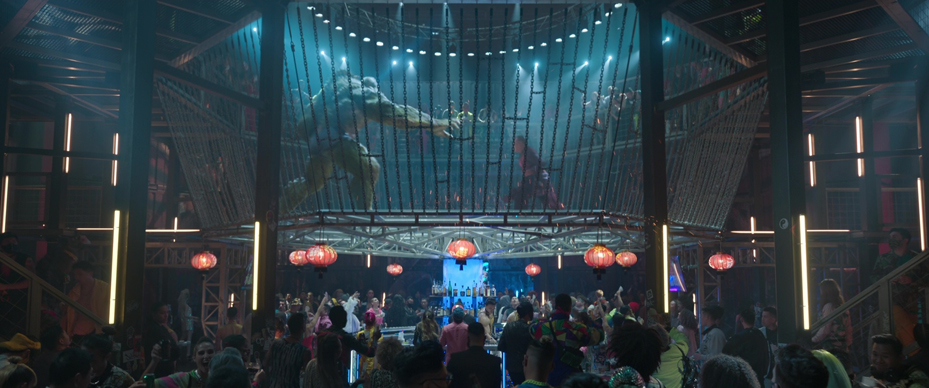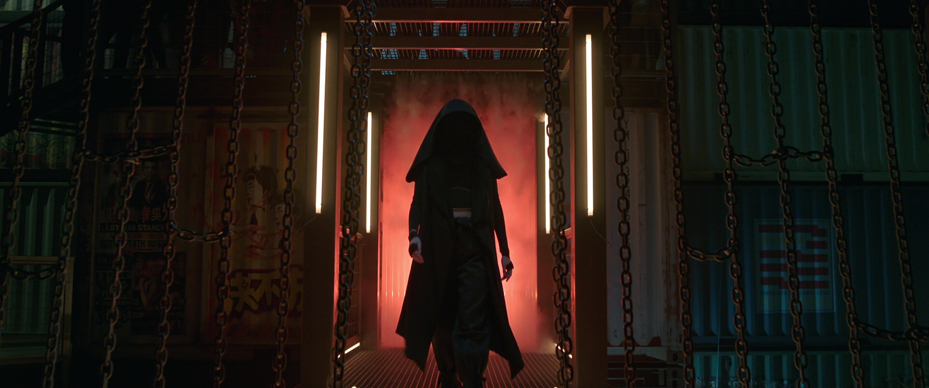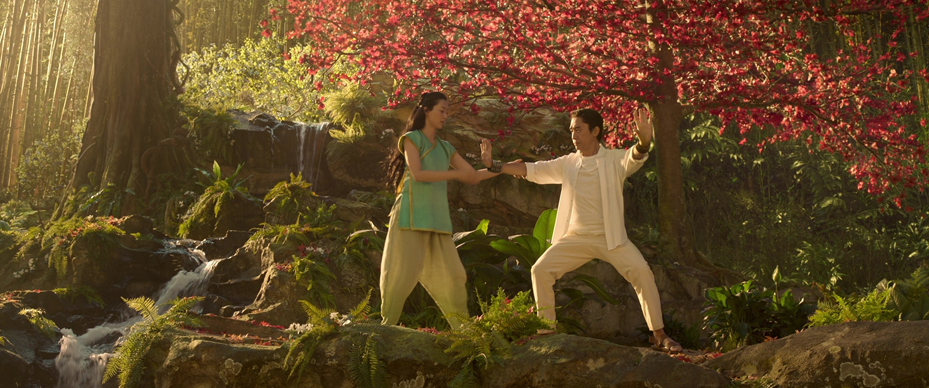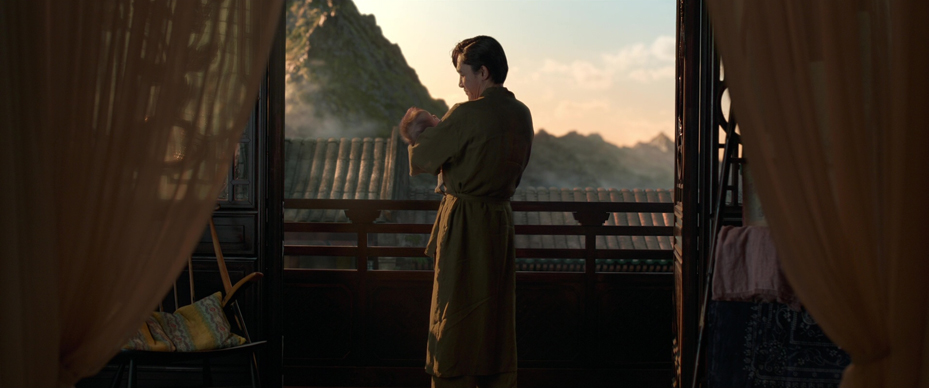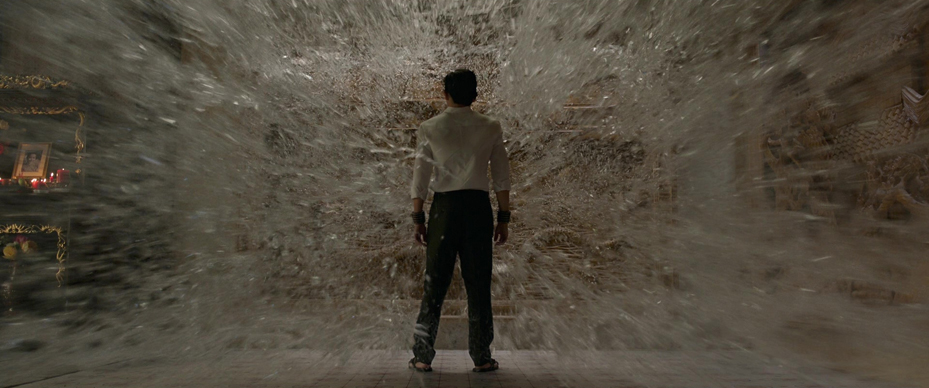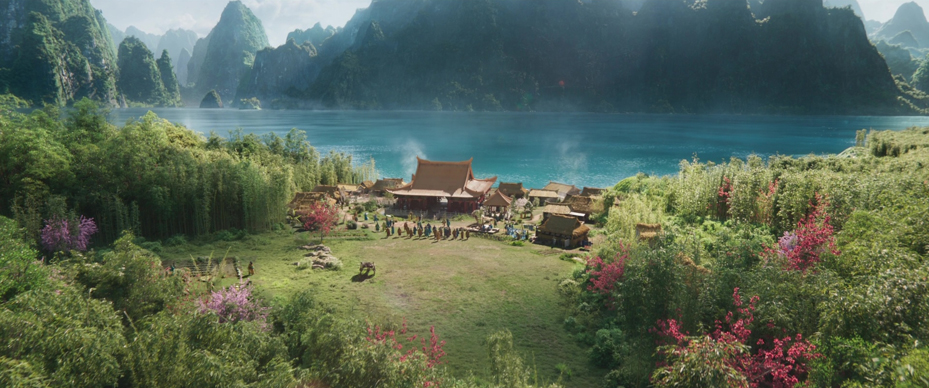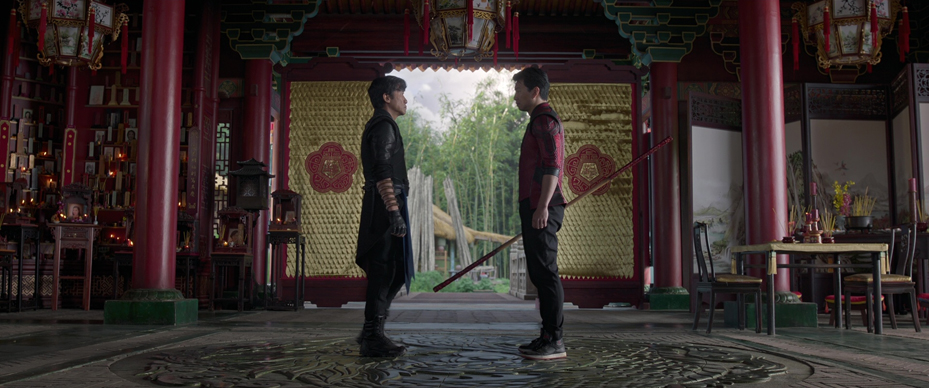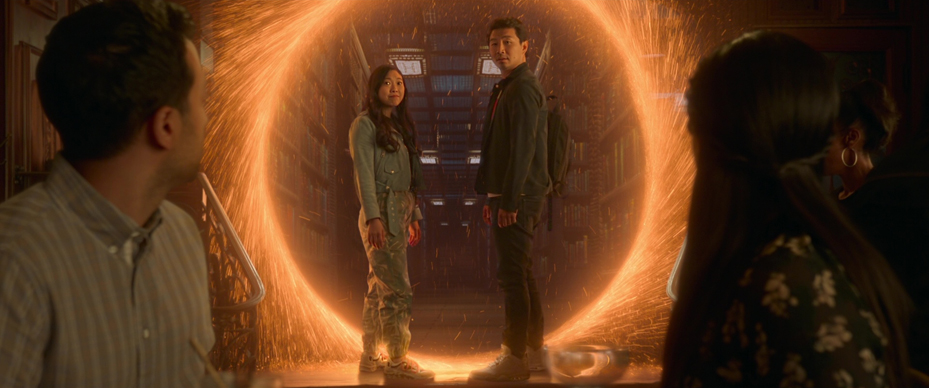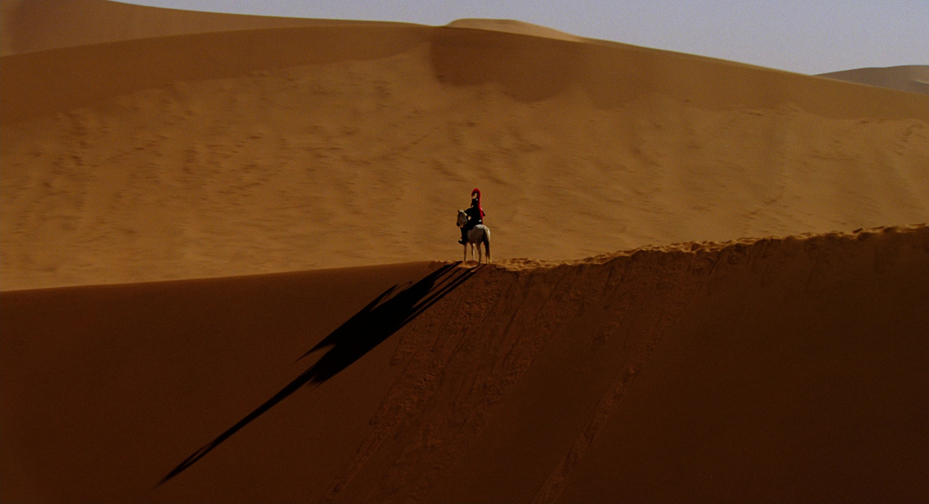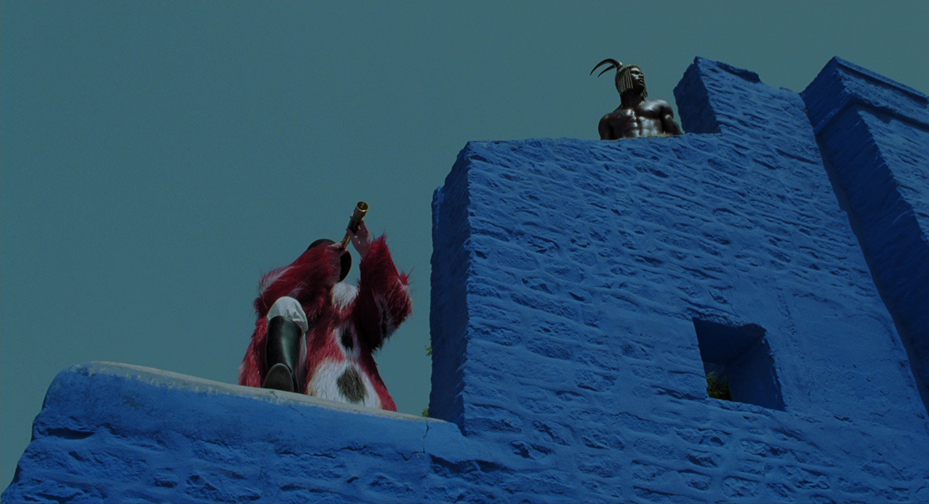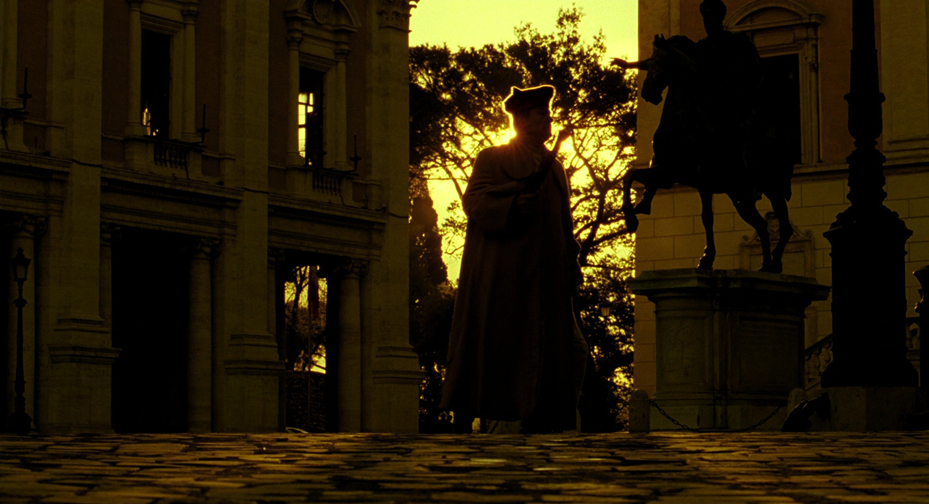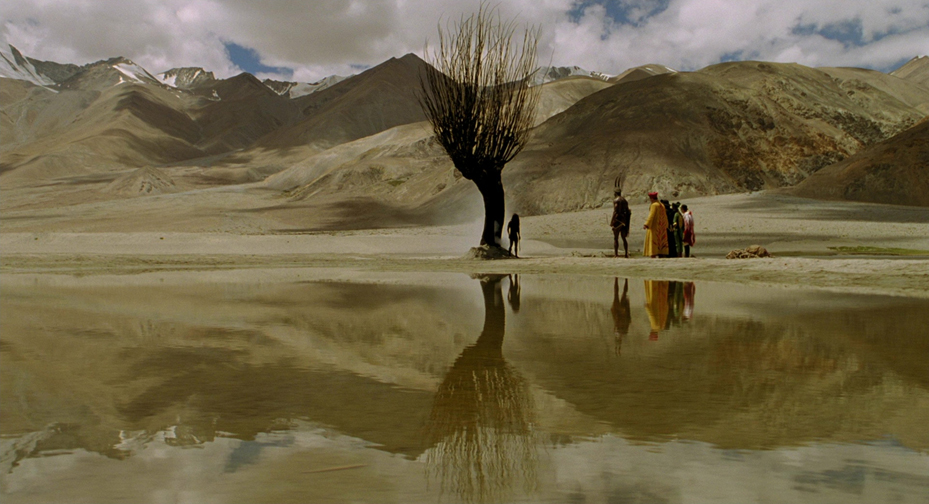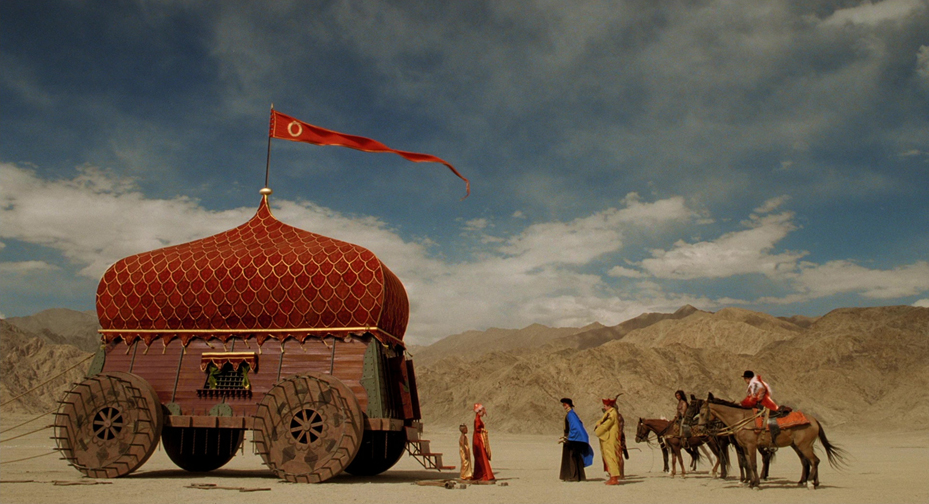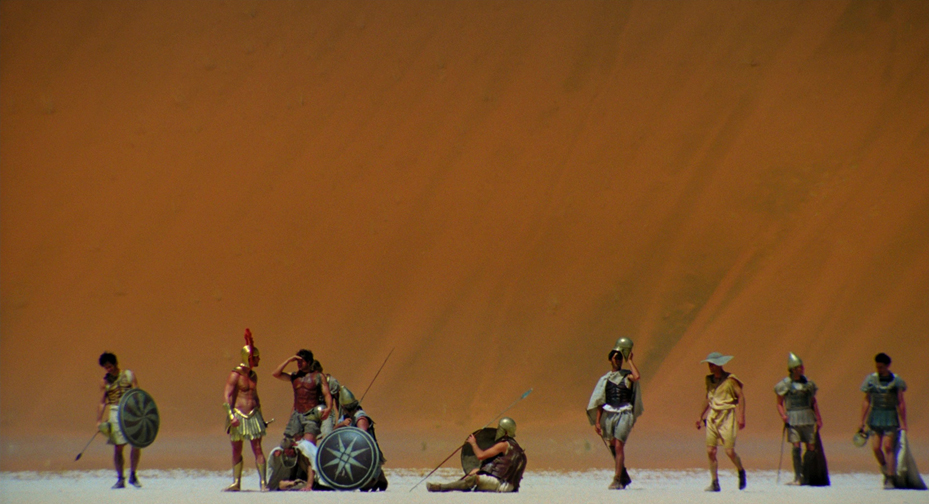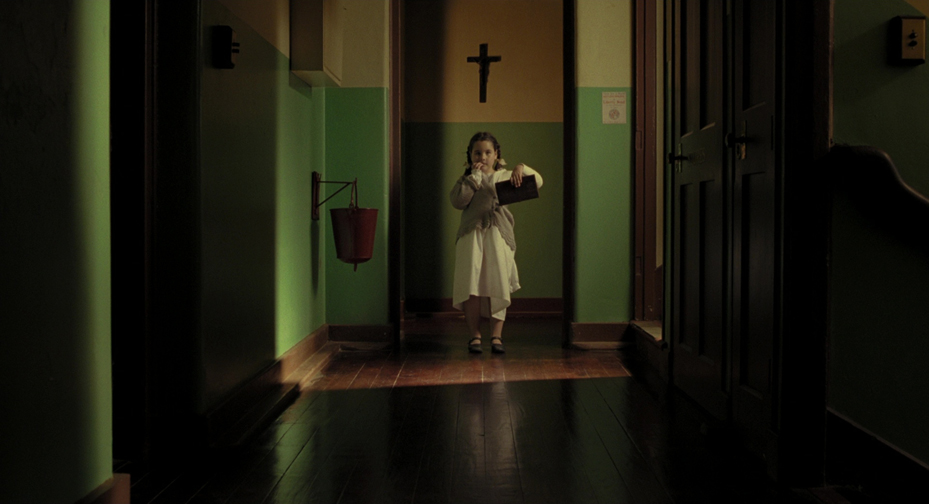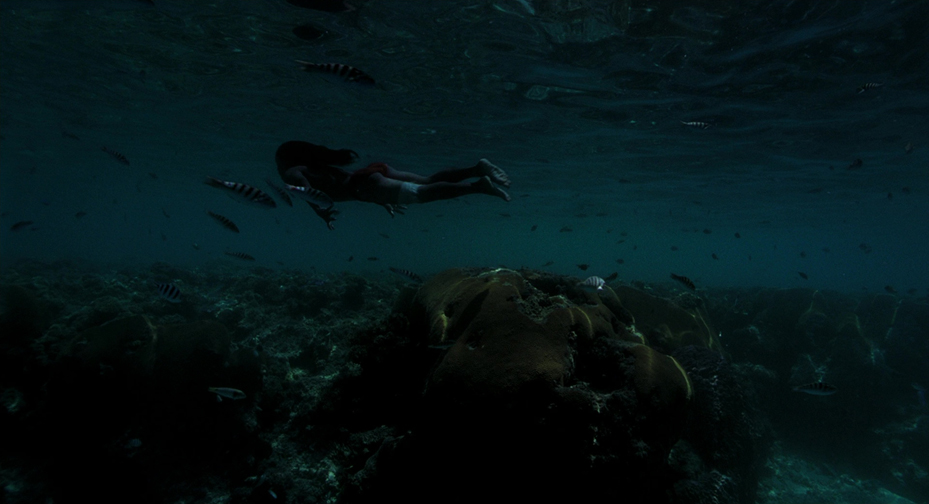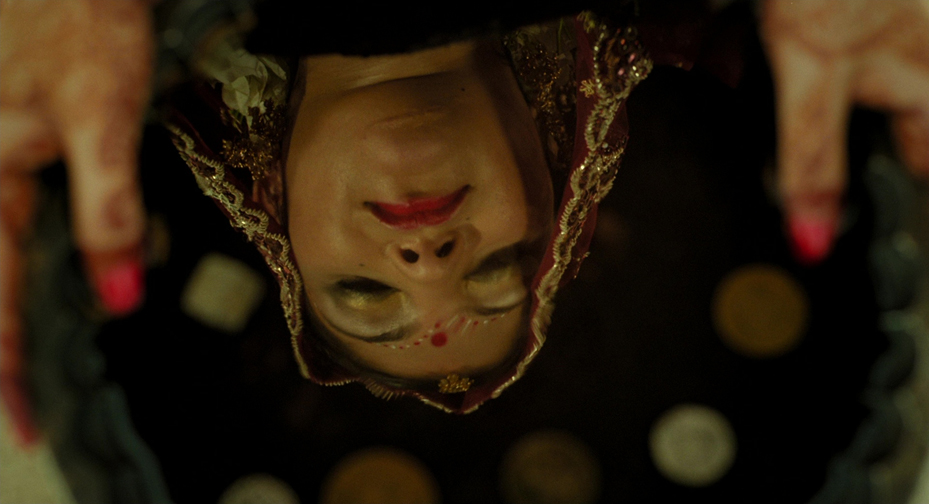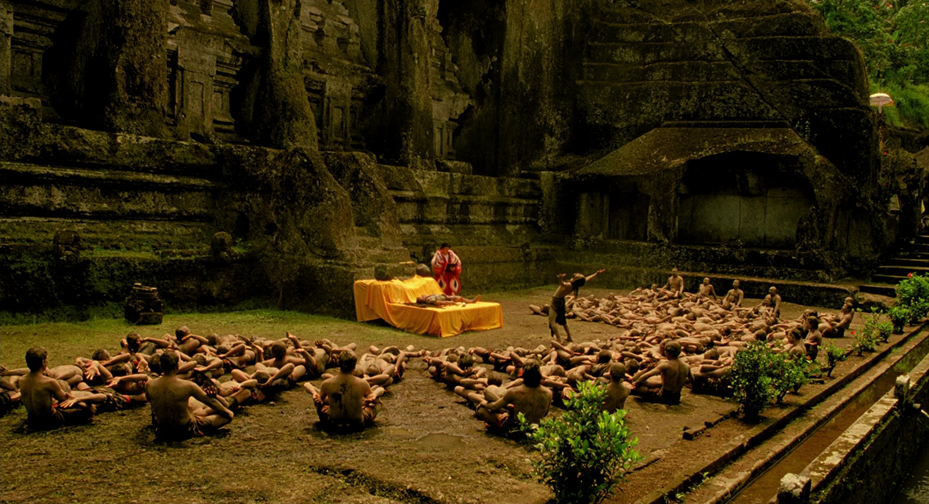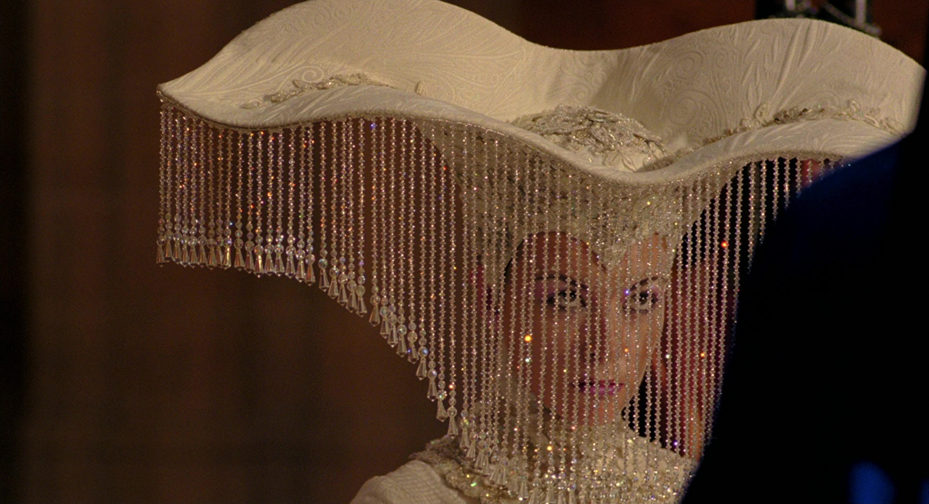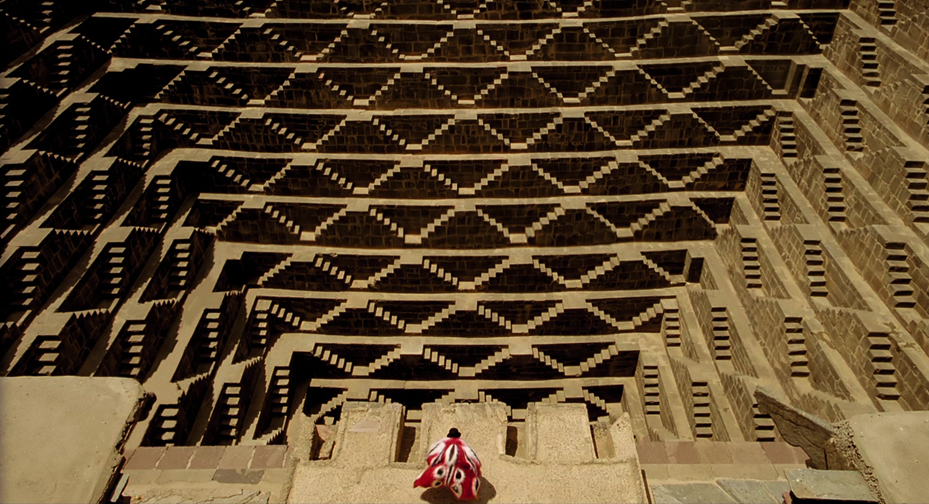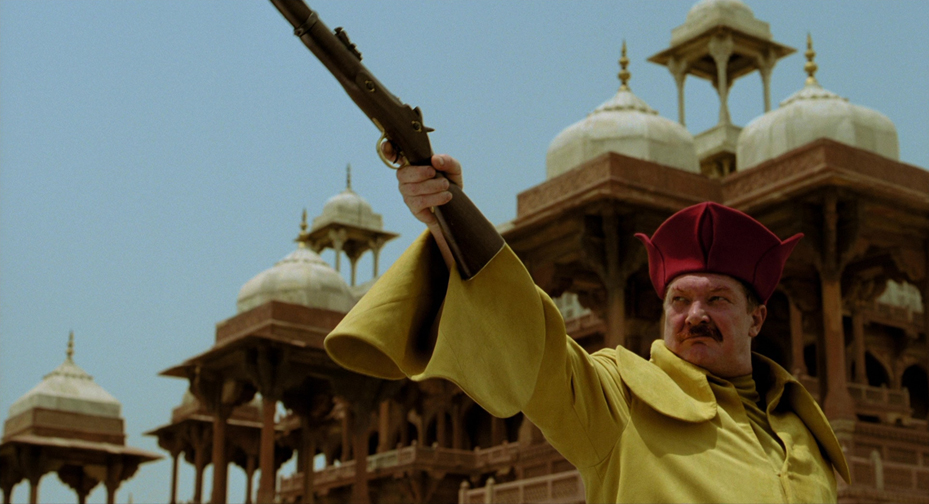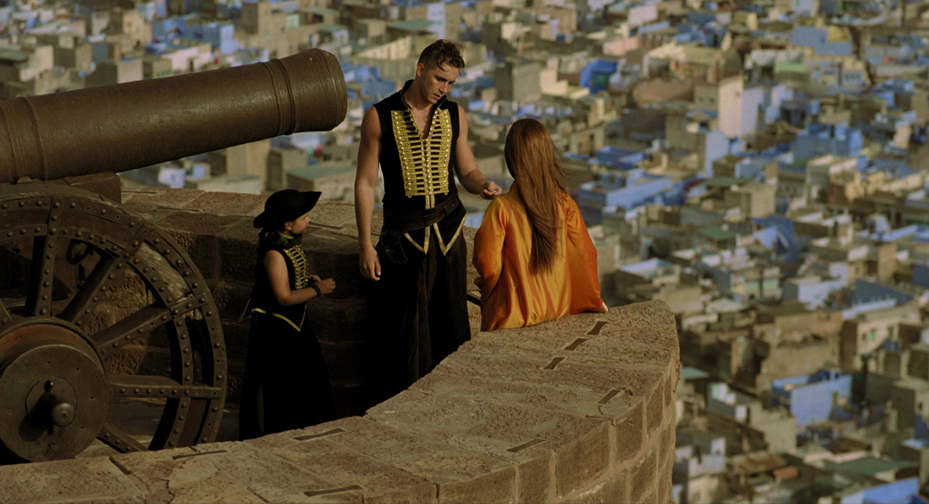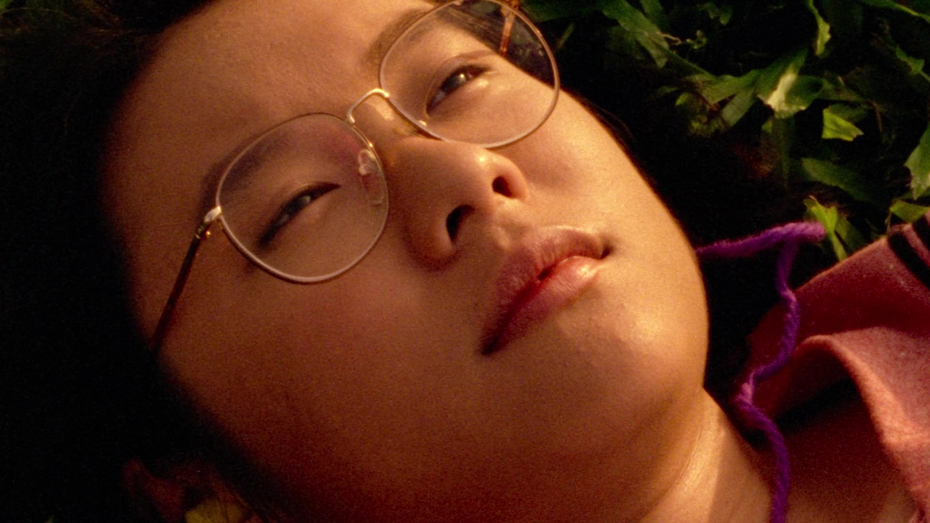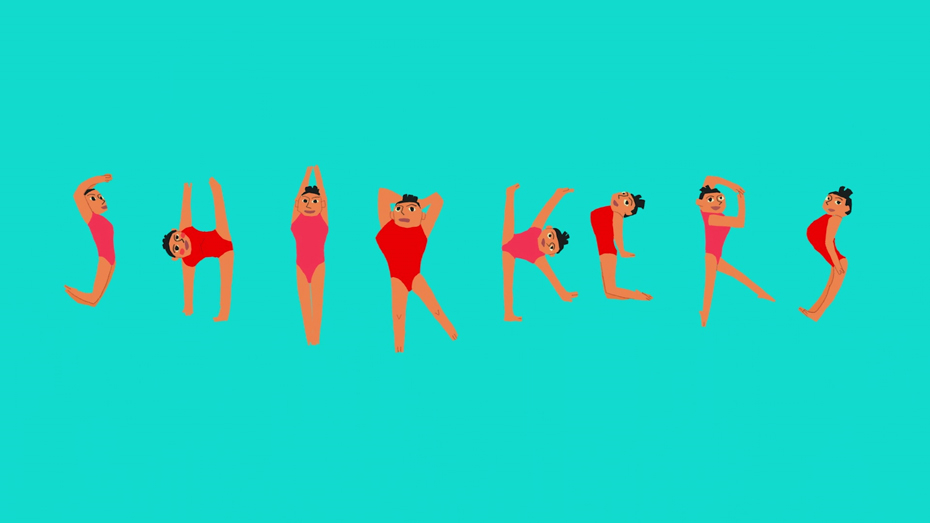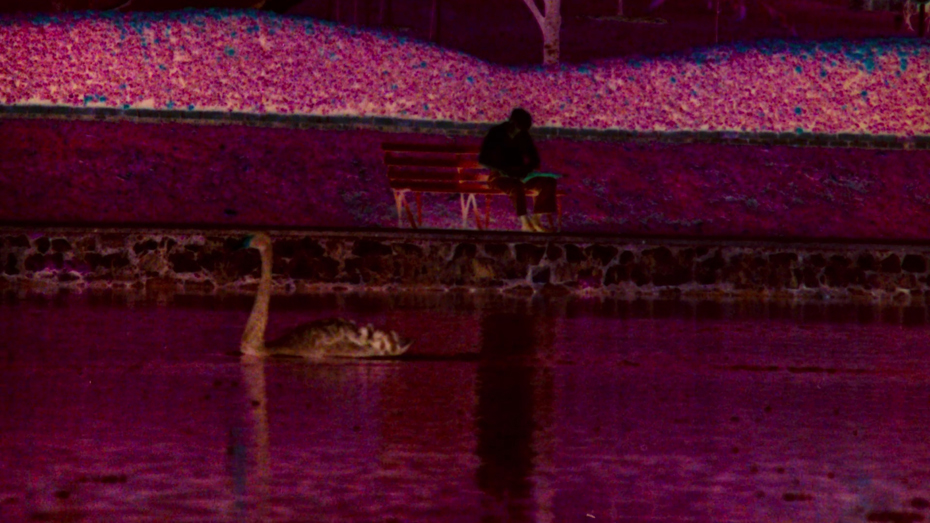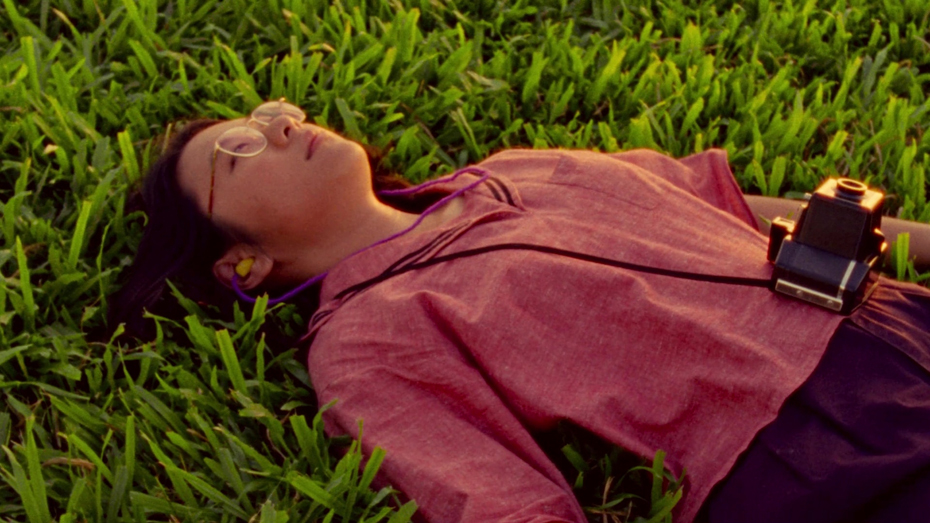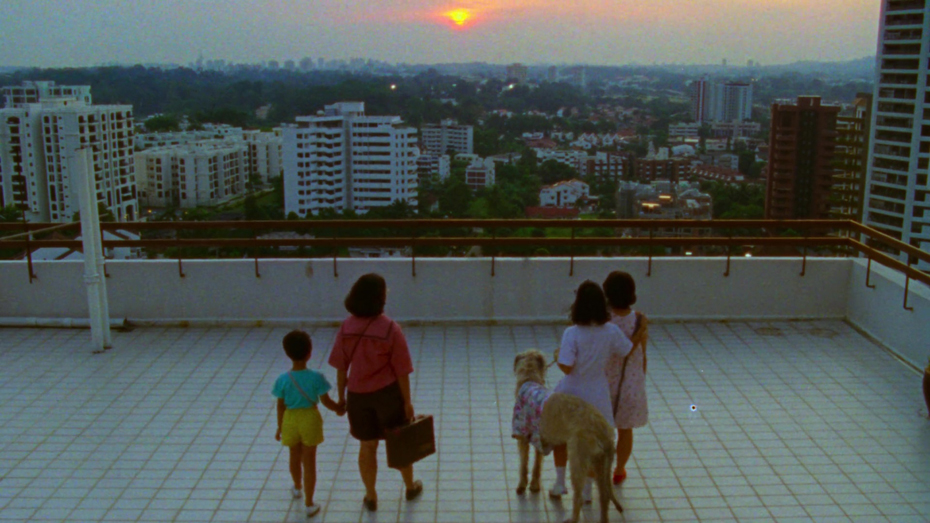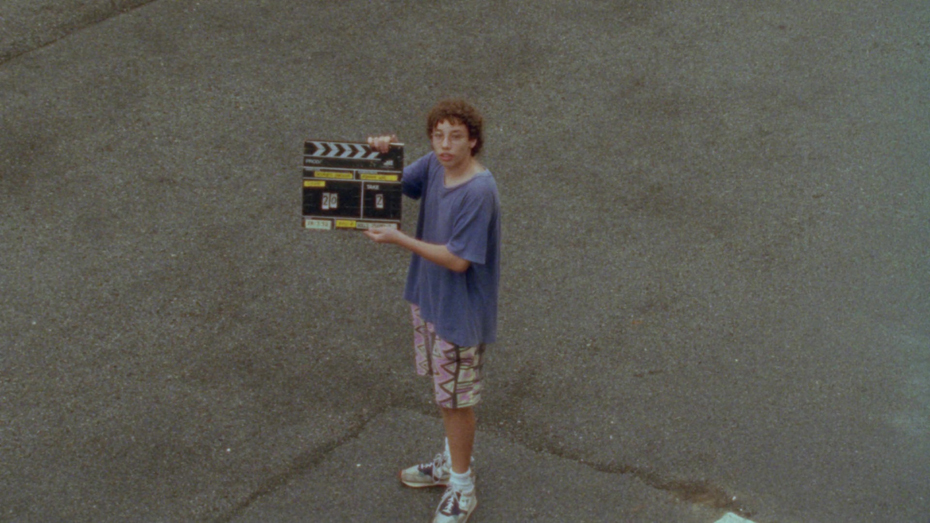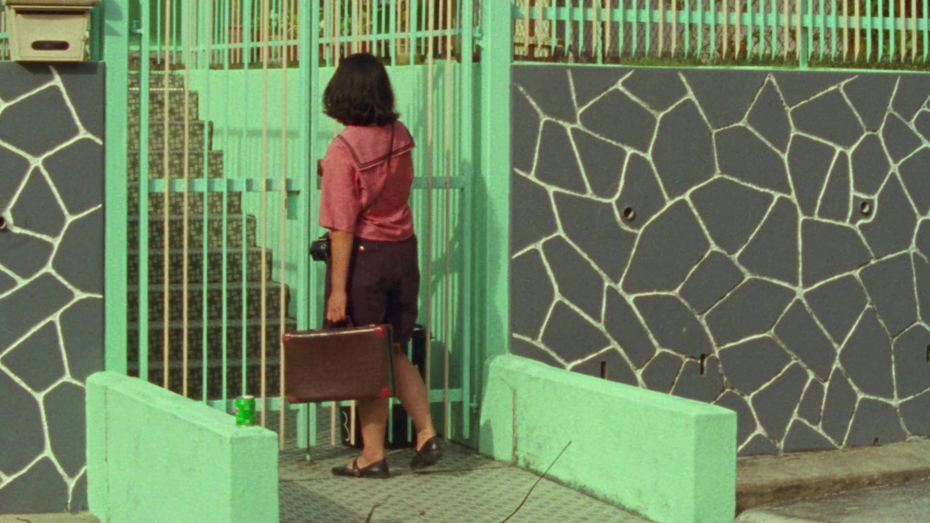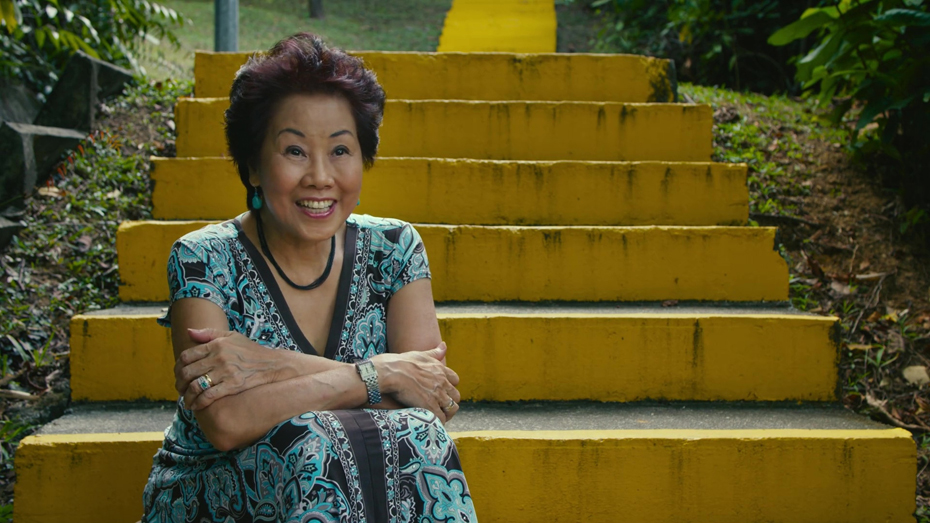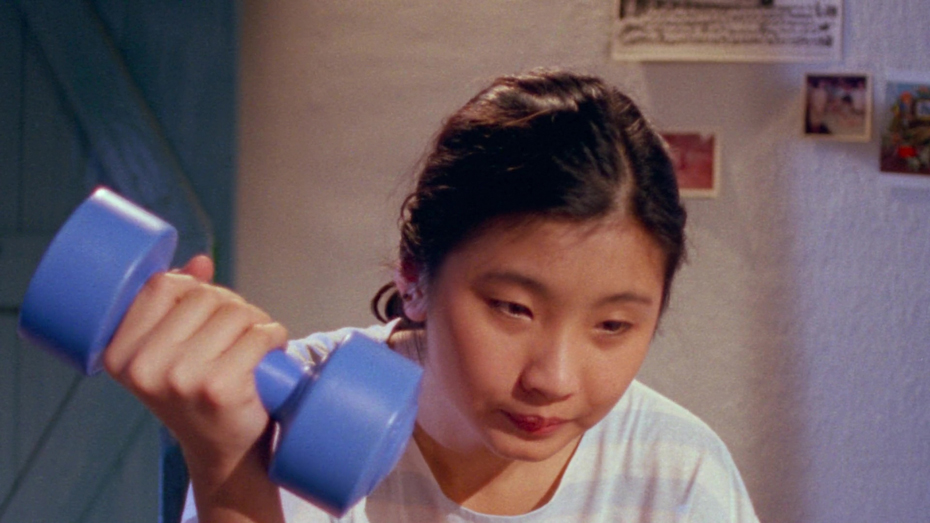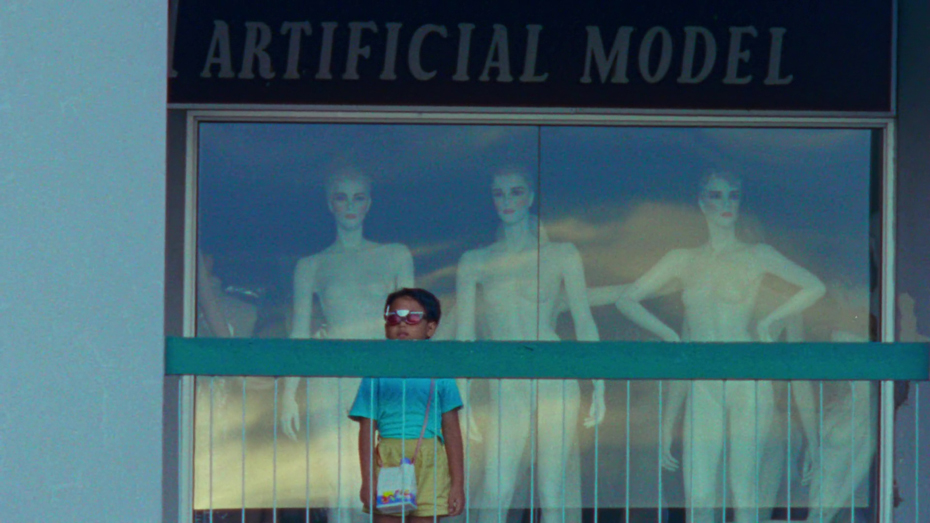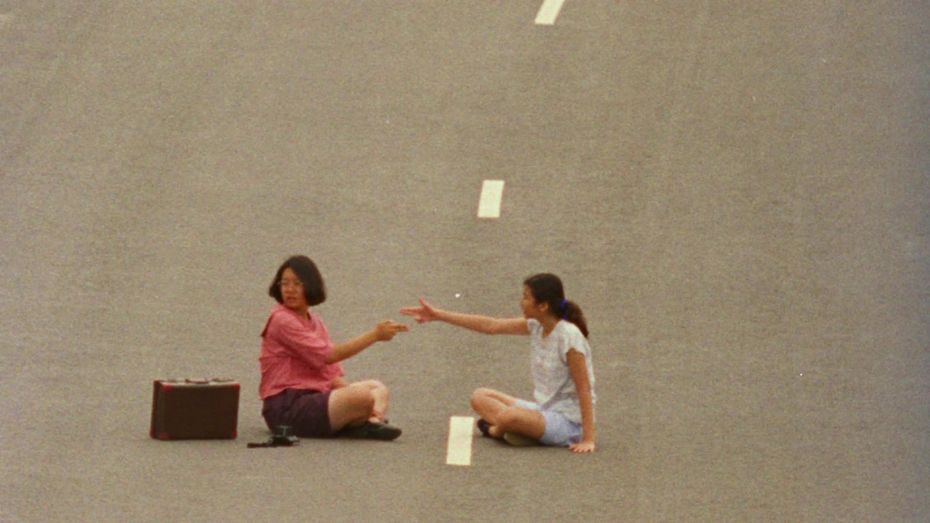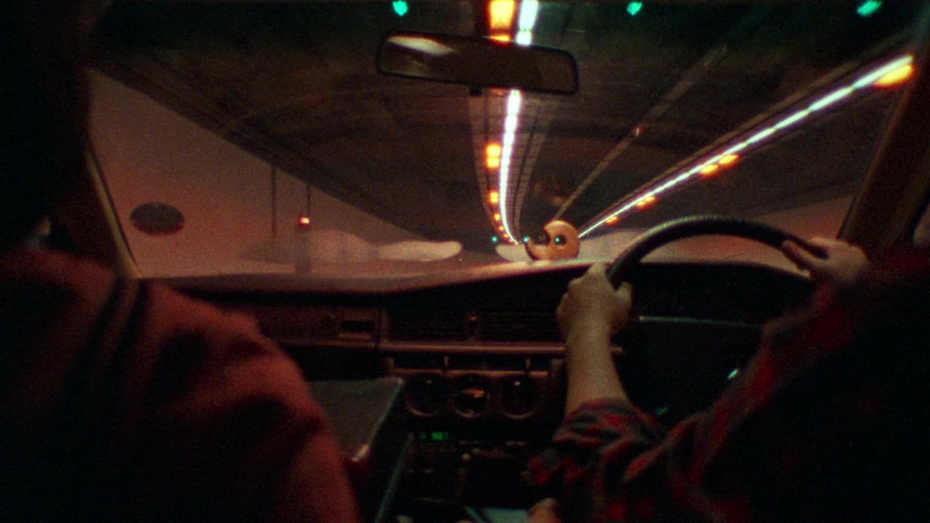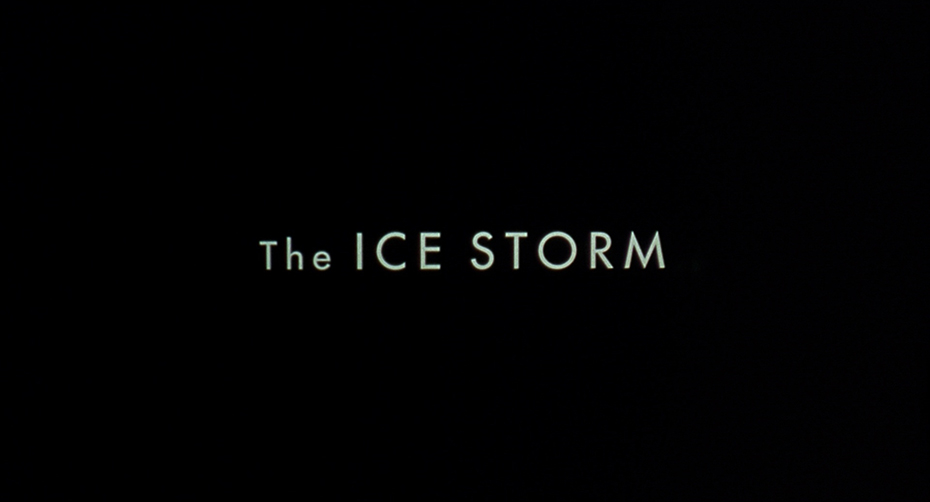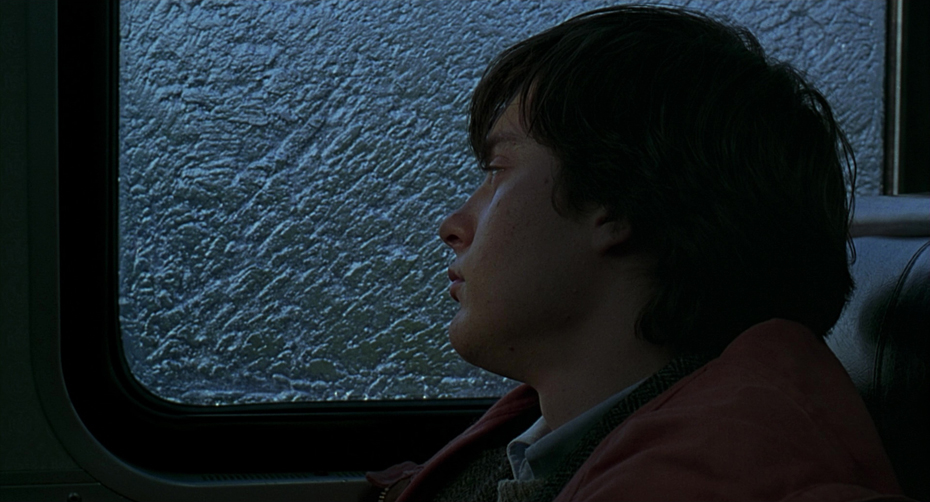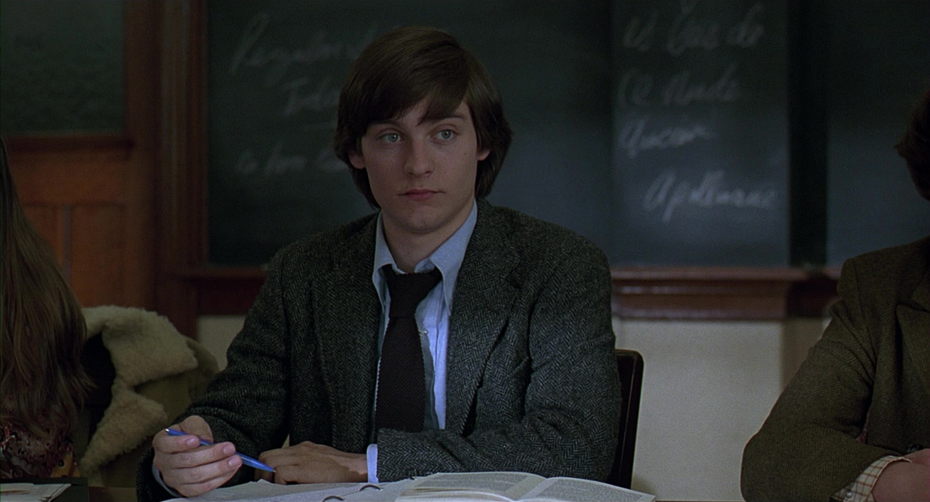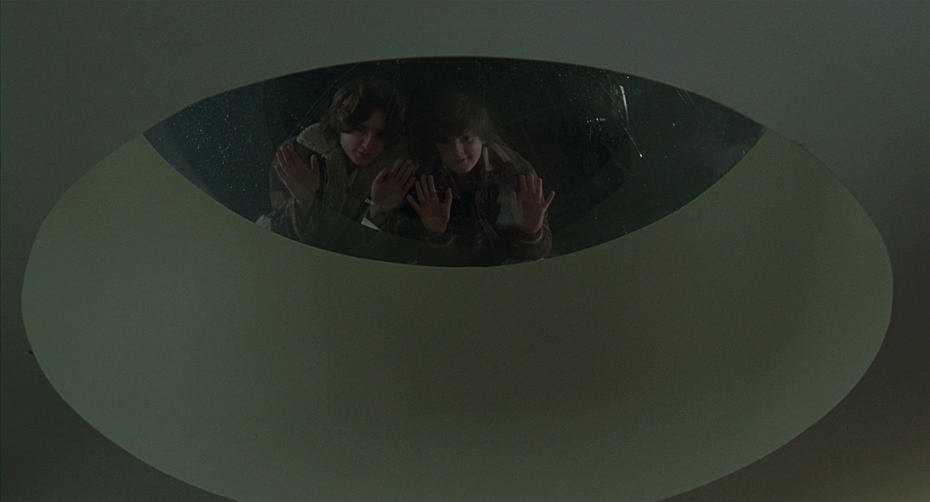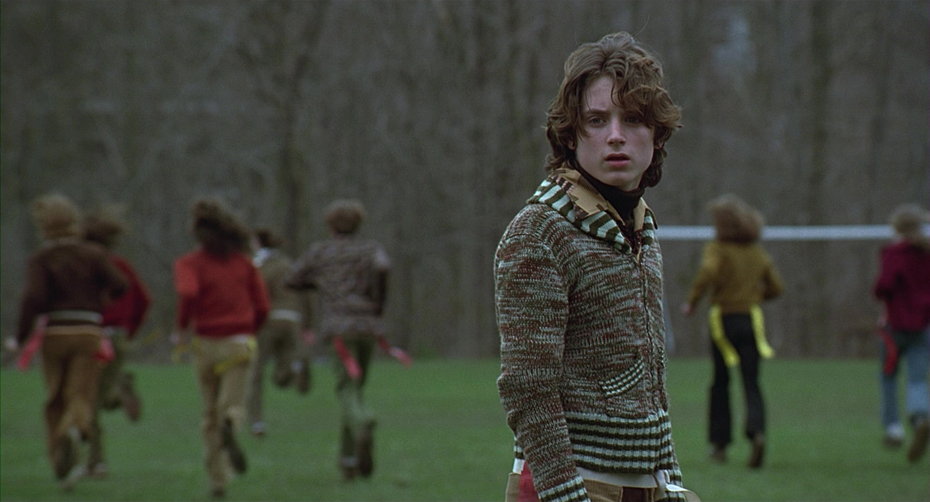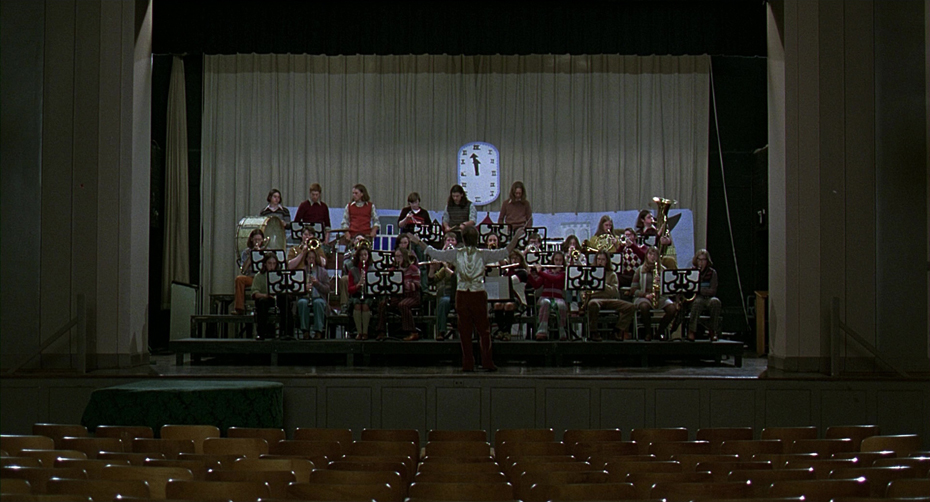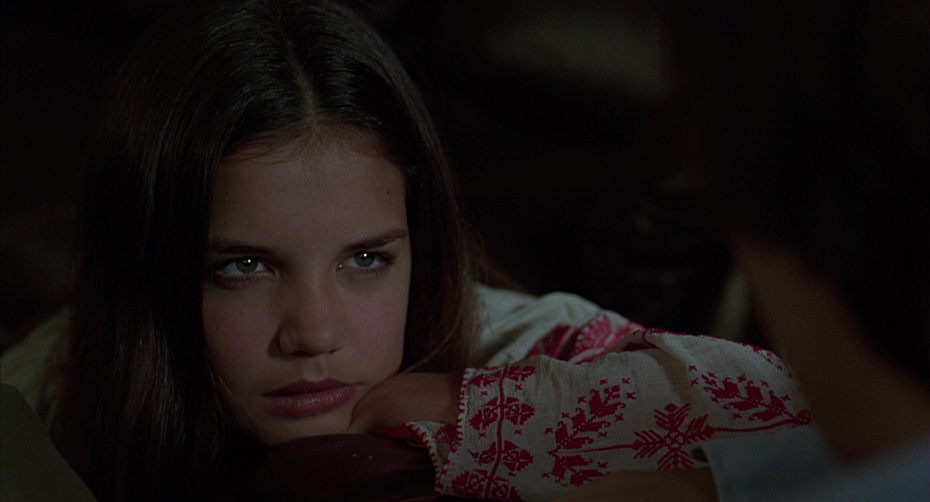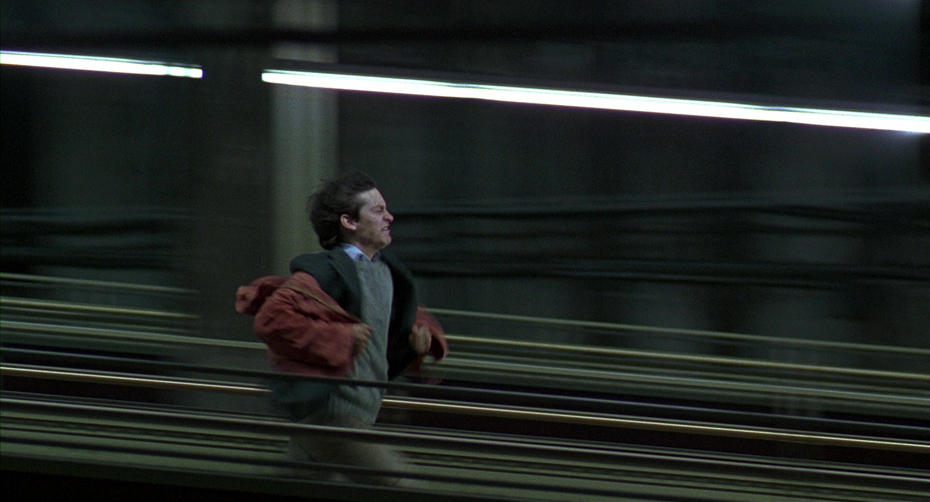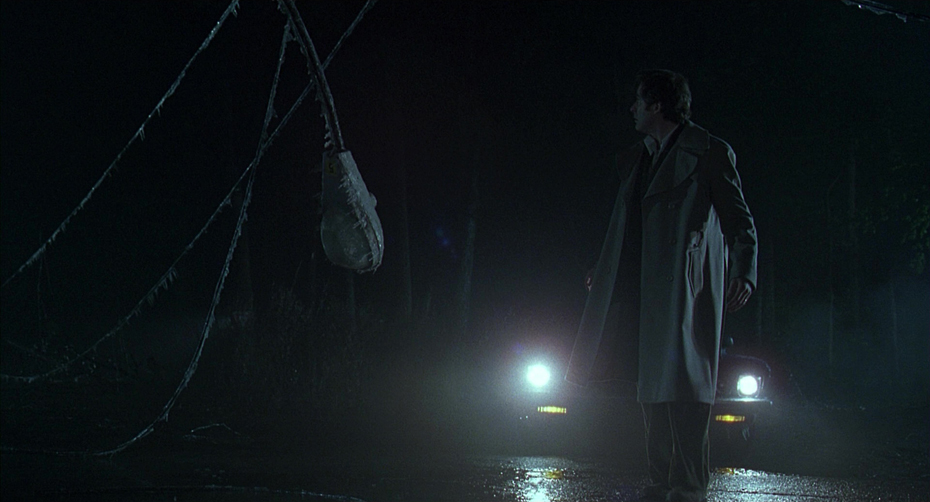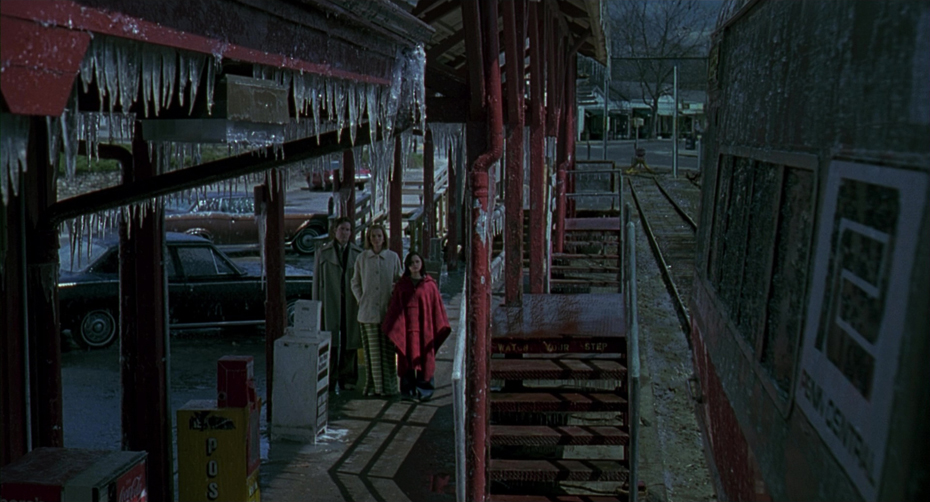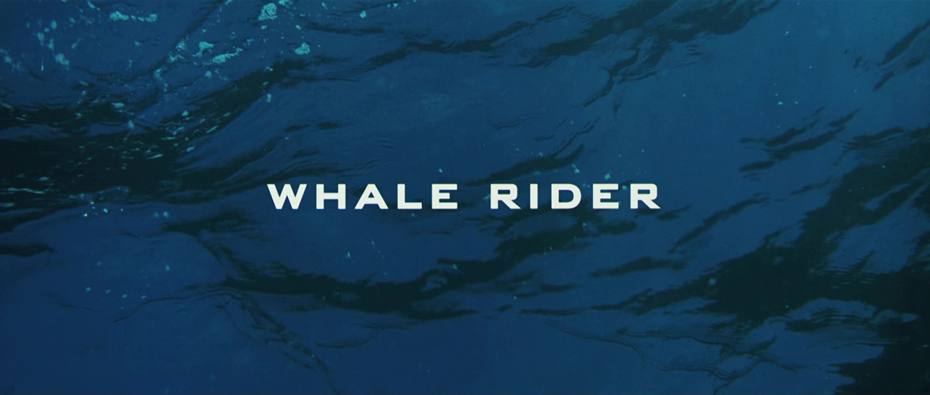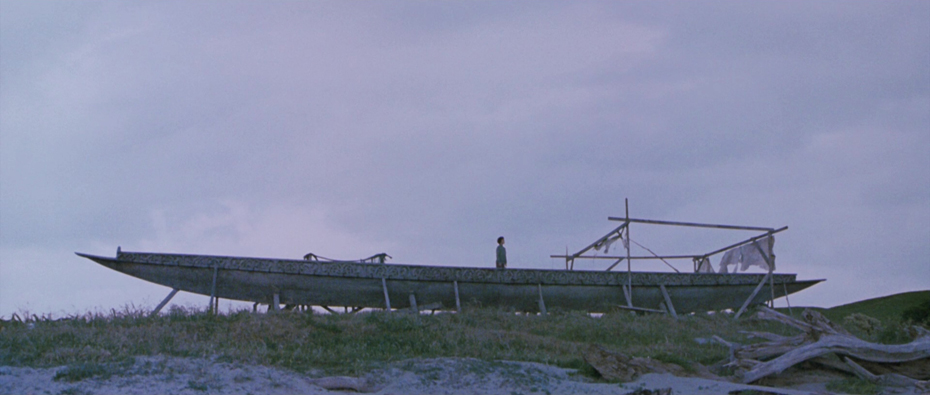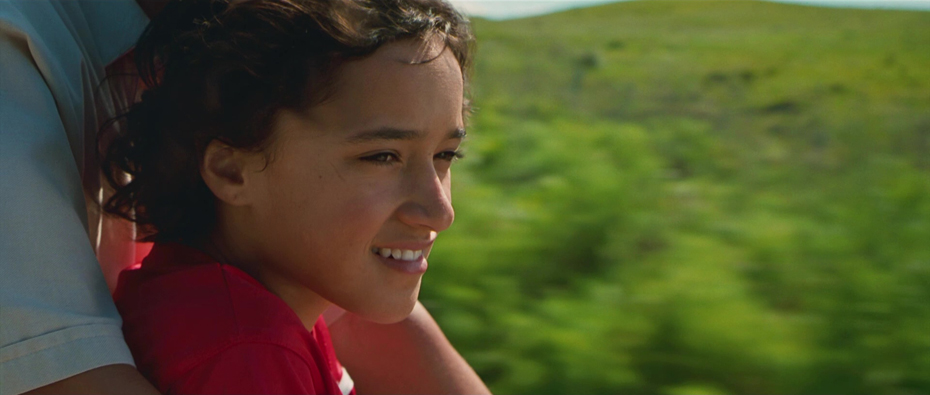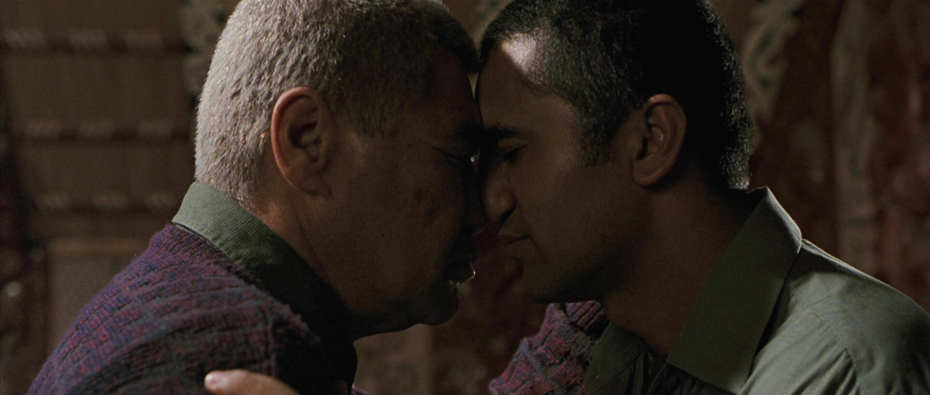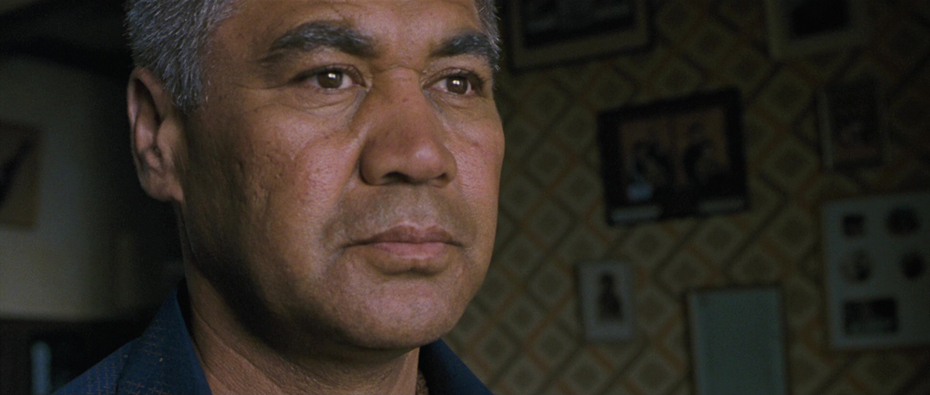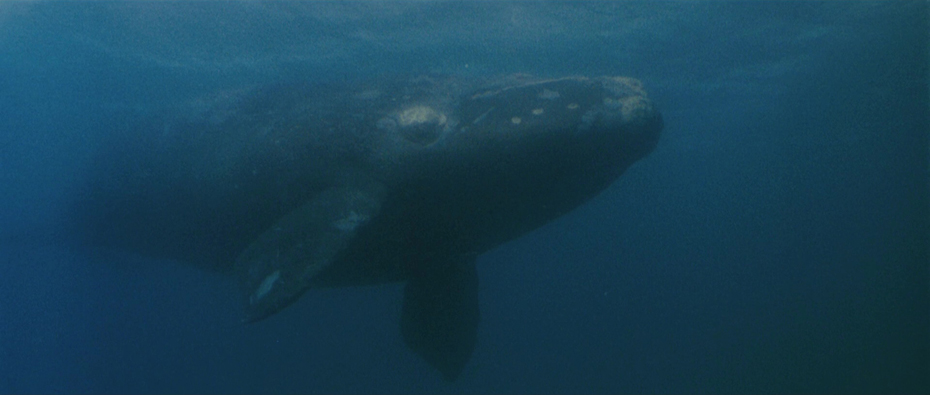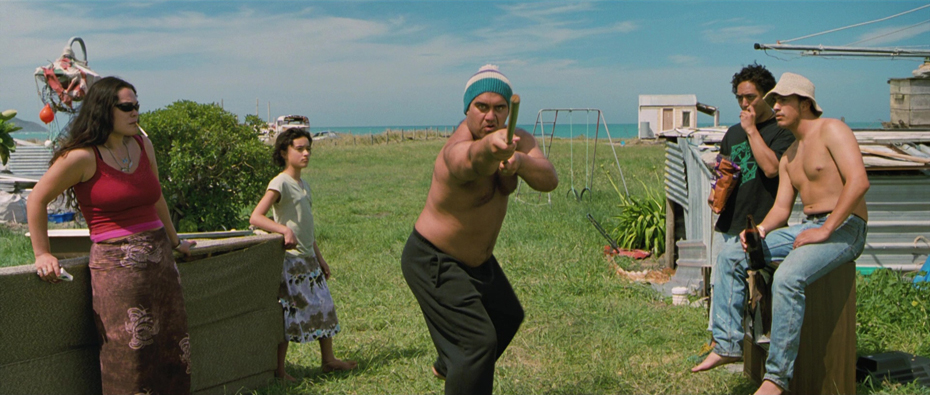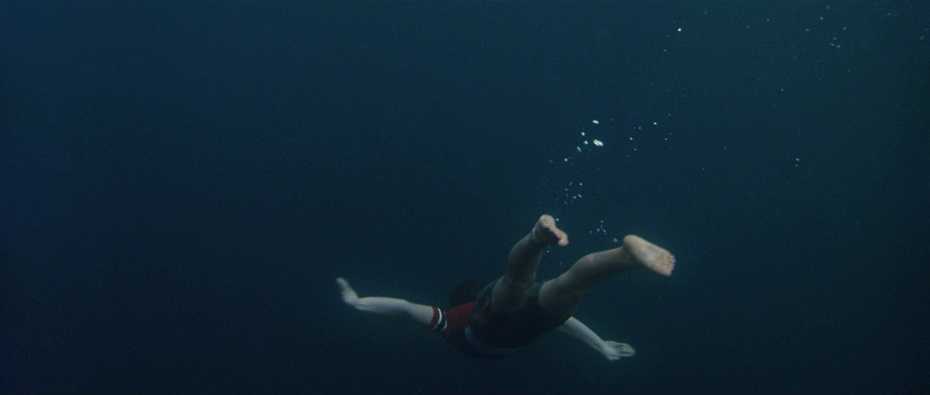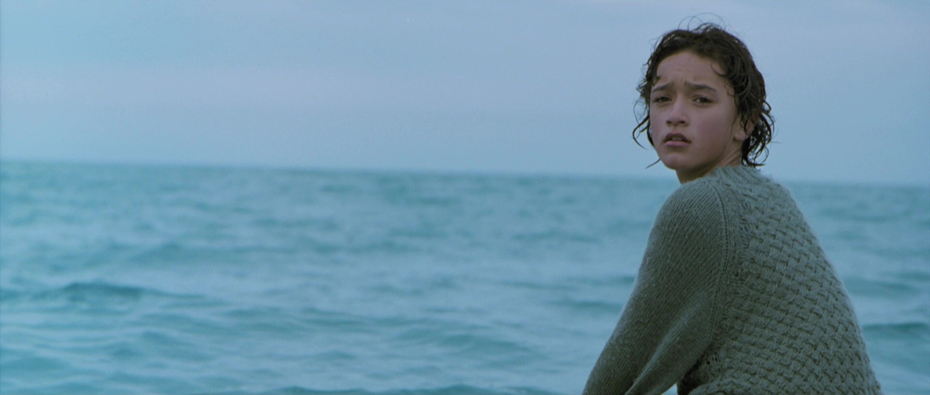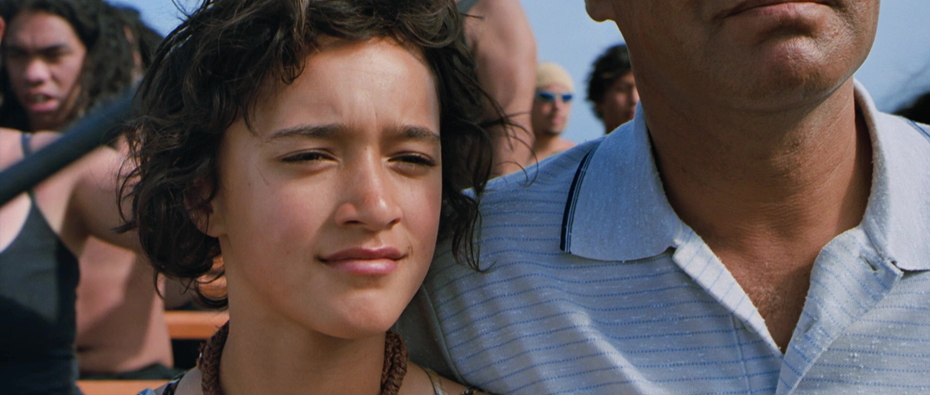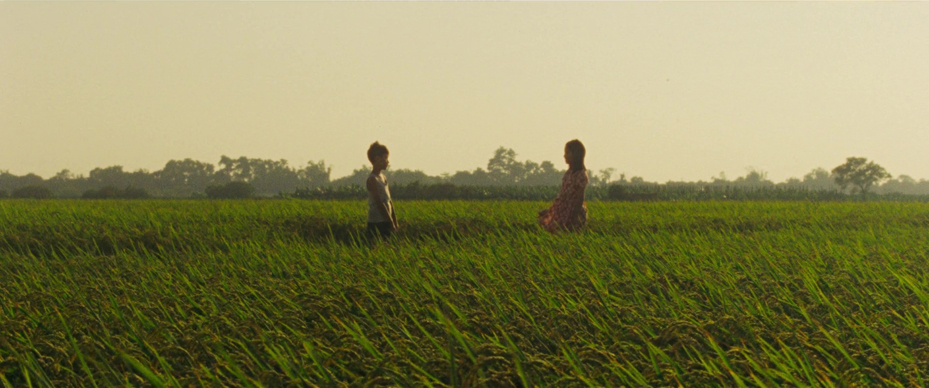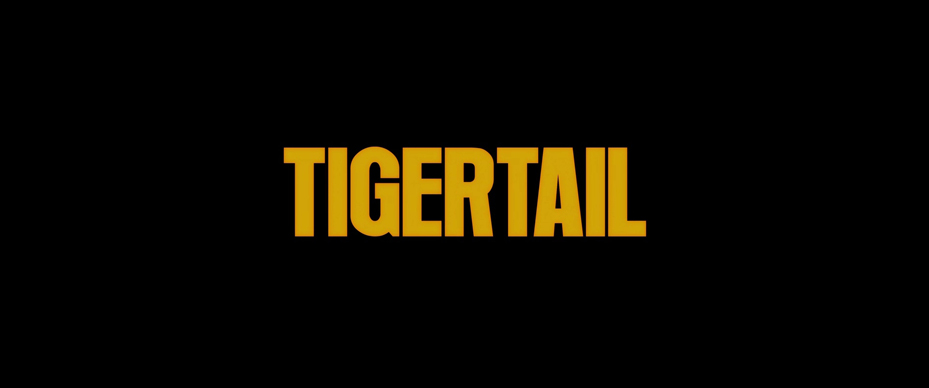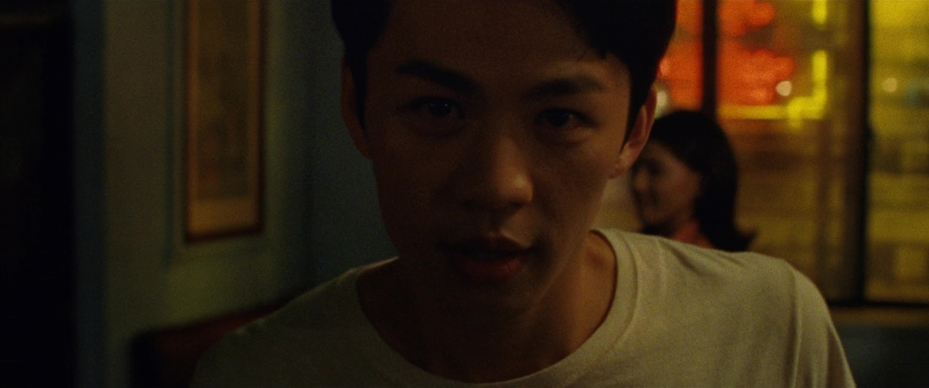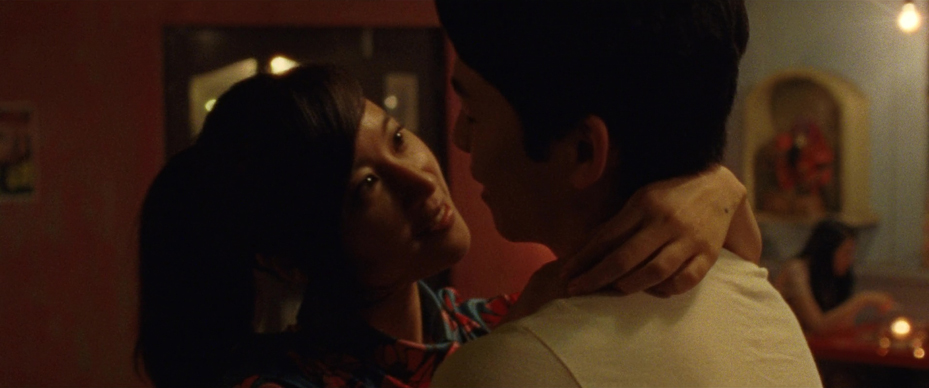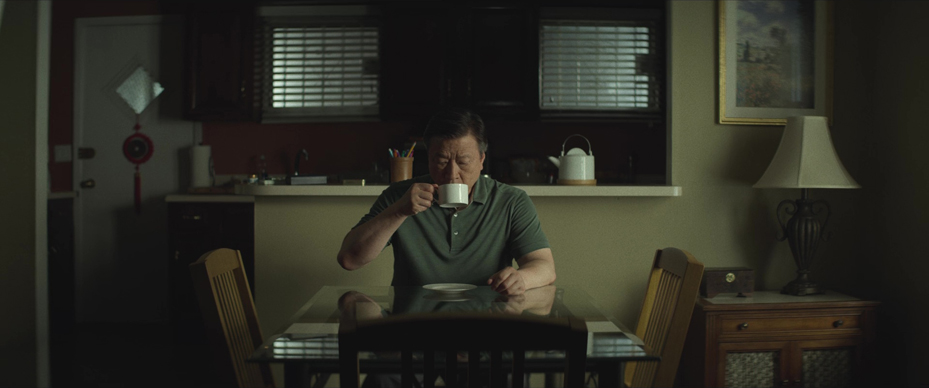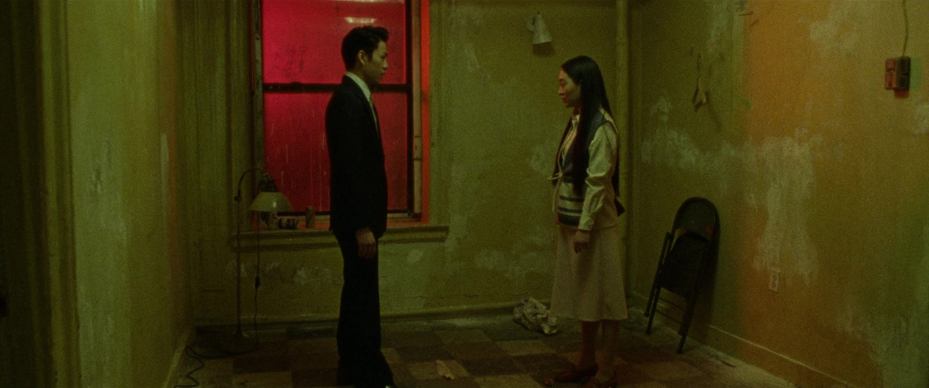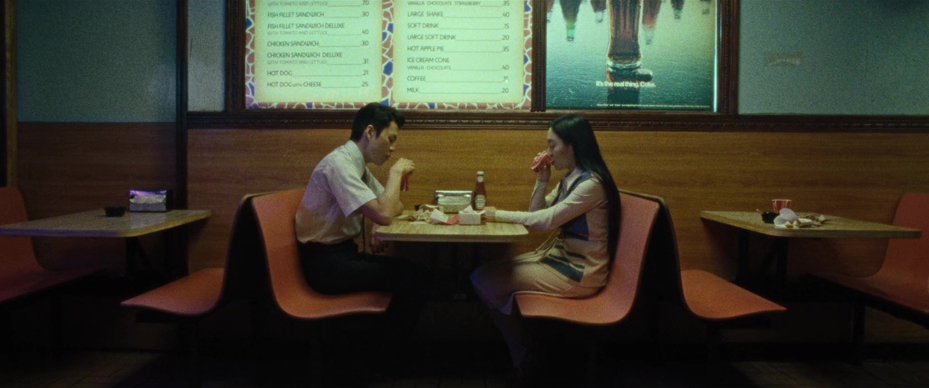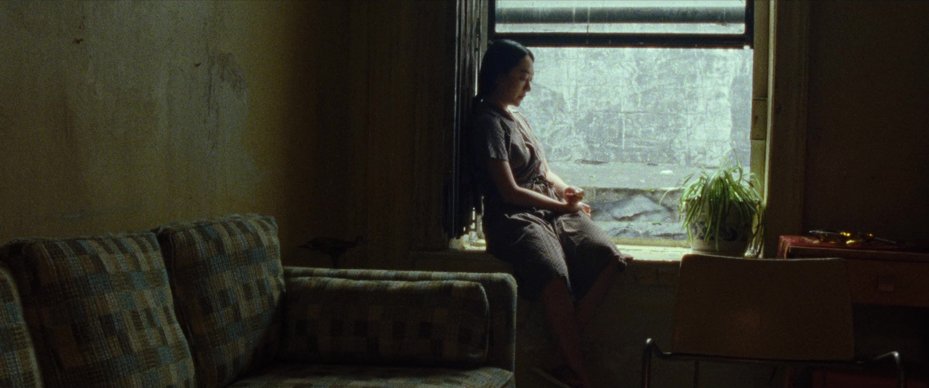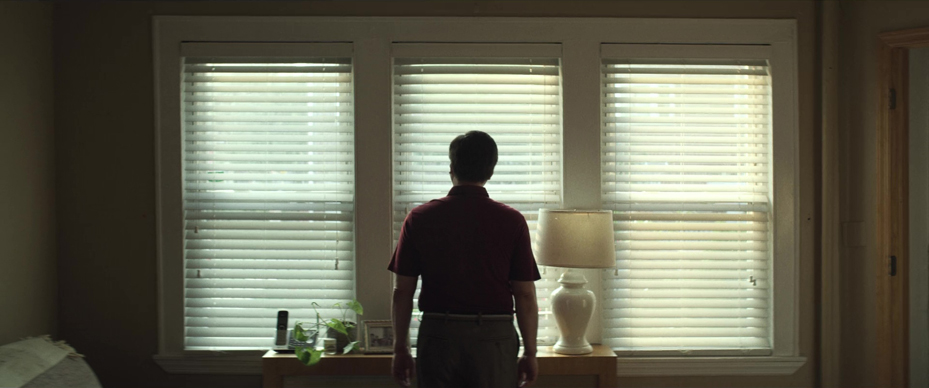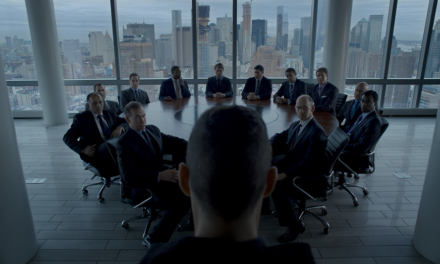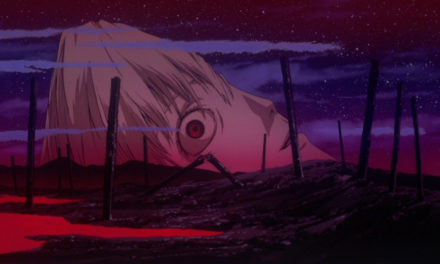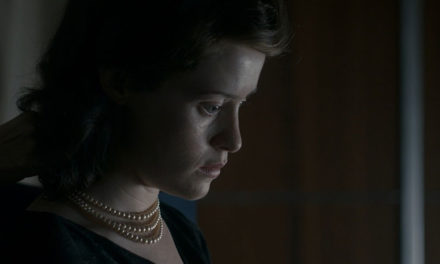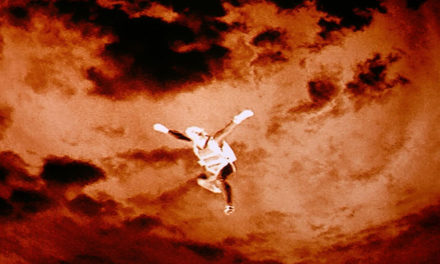THE TUESDAY DROP: 3200+ Movie & TV Show Screenshots
05.31.22 Get your Decks ready ShotDeck Team! In honor of AAPI Heritage Month, we’re releasing titles from some incredible Asian American and Pacific islander filmmakers, including Blue Bayou, The Fall, and Shirkers. We’ve also rounded up our Euphoria drop with stills from Season 2 below. As always, a reminder that you can always request films for future drops by clicking here!
EUPHORIA SEASON 2 (2021)
EUPHORIA is a teen drama television series created by Sam Levinson, based on the Israeli miniseries of the same name created by Ron Leshem and Daphna Levin. The series airs on HBO and follows Rue Bennett (Zendaya), a recovering drug addict, and her high school peers as they navigate their lives. The show also stars Hunter Schafer, Maude Apatow, Angus Cloud, Sydney Sweeney, Jacob Elordi, Alexa Demie, Colman Domingo, Austin Abrams and Eric Dane. Season 2 of Euphoria aired between January and February 2022. Levinson worked on Season 2’s cinematography with Hungarian cinematographer Marcel Rév, who was the lead cinematographer on Season 1 of the show.
The most notable shift in the cinematography approach to Euphoria between seasons 1 and 2 was the decision to move to shooting the show on film, rather than digitally, for season 2. Rév and Levinson were both clear in their intention of evolving the look of the show as they moved into the new season, and wanted to create a visual language that was both more intimate and more nostalgic in tone, treating the experience of watching Rue and her friends’ story as a memory of high school, rather than something so immediate. After experimenting in the 2 standalone episodes shot in between seasons 1 and 2, the pair decided to shoot on 35mm film, using both the Kodak Vision 3 500T stock and the newly revived Ektachrome format. To shoot the latter, Rév convinced Kodak to reopen parts of their factory in order to have enough rolls available for the show. Shooting on Ektachrome created a significantly different lighting challenge for Rév and his team. Since Ektachrome was a 100T stock that was two and a half stops less sensitive than the 500T stock, and since it also was a much more contrasty stock, it required much more light to be exposed correctly, and the quality of the light on the set had to be a lot flatter, given the natural contrast in the celluloid. As a result, the lighting setups created on set were often very flat, high key and relatively unflattering compared to the final image that came about after processing the film stock.
BLUE BAYOU (2021)
BLUE BAYOU is a 2021 drama written, directed by and starring Justin Chon. The film also stars Alicia Vikander, Mark O’Brien, Linh Dan Pham, Sydney Kowalske, Vondie Curtis-Hall and Emory Cohen. The film follows Antonio LeBlanc (Chon), a Korean adoptee raised in a small town in the Louisiana bayou. Married to Kathy (Vikander) and raising his stepdaughter Jessie (Kowalske), Antonio must confront the ghosts of his past when he learns that he could be deported from the United States. Blue Bayou premiered at the 2021 Cannes Film Festival. Chon worked on Blue Bayou with cinematographers Ante Cheng and Matthew Chuang.
Since Chon was also starring in Blue Bayou, his collaboration with Cheng and Chuang was crucial to getting through production, especially given that the shoot took place across 52 real locations in just 32 days. Cheng and Chuang would often lead shoots on different units simultaneously, with Chon jumping between the two and both acting and directing in order to make the day. The three collaborators decided early on that they would shoot on 16mm film, inspired by the films of John Cassavetes and Hirokazu Kore-eda (particularly Nobody Knows). Cheng and Chuang opted for the Kodak Vision3 250D Negative Film 7207 for sunrise and sunset, and the Kodak Vision3 500T Color Negative 7219 for day and night interior scenes (the Ektachrome Color Reversal 7294, cross-processed, was occasionally used as well). Chon, Cheng and Chuang oscillated between storyboarding some scenes and opting for a looser approach for others, and Cheng and Chuang lit the shoot naturalistically without ever having frames or flags on the set, in order to both keep the shoot flexible and allow the actors to feel the reality of the locations in which they were performing.
SHANG-CHI AND THE LEGEND OF THE TEN RINGS is a 2021 superhero film based on the Marvel Comics character Shang-Chi. Directed by Destin Daniel Cretton, it is the 25th film in the Marvel Cinematic Universe, and stars Simu Liu as Shang-Chi along with Awkwafina, Tony Leung, Michelle Yeoh, Ben Kingsley, Meng’er Zhang, Fala Chen, Benedict Wong and Florian Munteanu. The film follows Shang-Chi as he is forced to confront his past when his father Wenwu (Leung), leader of the Ten Rings, draws him and his sister Zialing (Zhang) into a search for a mythical village in China. Shang-Chi and the Legend of the Ten Rings crossed over $430 million from its $150-200 million budget, and was nominated for Best Visual Effects at the Academy Awards. Cretton worked on the production design for Shang-Chi and the Legend of the Ten Rings with American production designer Sue Chan, who was best known at the time for her work as an art director and production designer on films such as Punch-Drunk Love, Gone Girl, Crazy, Stupid, Love. and 300.
Cretton and Chan wanted to create a production design approach for Shang-Chi and the Legend of the Ten Rings that incorporated colors and motifs that synthesized the Chinese American experience alongside ancient Chinese culture, while building sets that were well-suited for kung fu movies and not just stunt work. Red and gold were important colors throughout the film, serving as a central motif bringing the film constantly back to Chinese culture. But the biggest challenge that Chan faced was creating the Ta Lo village where the film ends. Chan and Cretton found a reservoir just outside Sydney, Australia, where they were able to build the village around the ancestral temple at the heart of the story of the village. Chan worked with the elements of fire, water, wood, stone and metal deeply into the architectural design of the village (though she often used foam instead of actual stone) to root them into Chinese culture and its architectural motifs. Bamboo was also used a lot (both real and artificial), calling back to the Tang and Song dynasties of China as a stylistic guideline.
THE FALL (2006)
Tarsem Singh’s 2006 film THE FALL follows two patients who become friends in a hospital on the outskirts of 1920s Los Angeles. The older patient shares stories of heroes, myths and villains on a desert island with the younger girl patient. The film is based on the screenplay of the 1981 Bulgarian film yo Ho Ho by Valeri Petrov. The Fall premiered at the 2006 Toronto International Film Festival, and was theatrically presented in 2008 by David Fincher and Spike Jonze.
The Fall had a unique production journey due to being largely self-financed by Singh. Singh was determined to make the film according to his own vision, and also paid members of the cast and crew equally, rather than according to typical Hollywood pay scales. The Fall was made over a period of four years and includes footage shot in over 20 countries. Singh was determined to shoot on location and not rely on special effects wherever possible, given his skepticism that the special effects techniques would age well over time. This commitment to achieving the final look for the film in-camera was typified by the scenes of the blue city in Jodhpur, where Singh provided locals with blue paint to refresh the walls of their houses and give the blue in the frame a more striking image. The Fall also features a dream sequence animated by Christoph Launtstein and Wolfgang Lauenstein.
SHIRKERS (2018)
SHIRKERS is a 2018 documentary film directed by Sandi Tan. The film follows a teenage Sandi in 1992, as she filmed an independent thriller about a teenage assassin in Singapore with her film teacher and mentor at the time, Georges Cardona. Cardona absconded with all the footage, but it was recovered 20 years later, sending Tan (now making her living as a novelist) on a journey in search of Georges. Shirkers premiered at the 2018 Sundance Film Festival, winning the World Cinema Documentary Directing Award (making Tan the second Singapore-born filmmaker after Kirsten Tan to win the award).
Tan’s experience of making Shirkers was to treat the project as a collage of scraps, and to look between the margins of the 16mm footage shot on the original project to find the shape of the narrative. Because of the limitations of film and budget that they had at the time, very little of the footage Tan was able to recover was of anything other than the production. In total, there was less than 30 seconds of footage of Georges, and not much more of Tan and her friends. This created an editorial style in which Tan and Georges became the ghosts in the subliminal storytelling of the documentary.
THE ICE STORM (1997)
Ang Lee’s 1997 drama THE ICE STORM is based on Rick Moody’s 1994 novel of the same name. The film stars Kevin Kline, Joan Allen, Tobey Maguire, Christina Ricci, Elijah Wood, Katie Holmes, Jamey Sheridan and Sigourney Weaver. Set during Thanksgiving in 1973, the film follows two dysfunctional families living in New Canaan, Connecticut, dealing with the social changes of the era and their escapism through alcohol and sex. The Ice Storm premiered at the 1997 Cannes Film Festival, winning the festival’s award for Best Screenplay. Lee worked on The Ice Storm with American cinematographer Fred Elmes. Elmes was well-known at the time for his collaborations with filmmakers such as David Lynch and Jim Jarmusch, and he and Lee would go on to collaborate on Ride with the Devil and Hulk.
Production for The Ice Storm took place on location in Connecticut over the spring of 1997, so one of the primary tasks for Lee and Elmes was to find a way to photograph the ice without ice actually being there. To find the overall visual language for the film, Elmes and Lee connected over art from the photorealism movement of the late 60s and early 70s, specifically Ralph Goings and Richard Estes, attracted to the simplification of details and their use of architecture and light. Elmes shot The Ice Storm using Kodak Vision 500T stock for the film’s night exteriors, given its relative sharpness, and how it allowed him to keep the dark areas in the night scenes dense enough. To capture the look of the ice, which was made using either a biodegradable gel or acrylic plastic, Elmes and Lee tested different stocks and lighting setups that would allow them to film it convincingly for the audience.
WHALE RIDER (2002)
Niki Caro’s 2002 drama WHALE RIDER is based on the 1987 novel The Whale Rider by Witi Ihimaera. The film stars Keisha Castle-Hughes as Kahu Paikea Apirana, a 12 year old Māori girl who wants to become the chief of her tribe, despite the fact that this is a role only reserved for males. The film also stars Rawiri Paratene, Vicki Haughton and Cliff Curtis. Whale Rider premiered at the 2002 Toronto International Film Festival, and Castle-Huges was nominated for an Academy Award in the Best Actress category. Caro worked on the production design of Whale Rider with Kiwi production designer Grant Major, who is today best known for his collaborations with Peter Jackson on the Lord of the Rings films and King Kong, as well as with Jane Campion on films such as The Power of the Dog.
Major and Caro had known each other for years before Caro approached him for the production design of Whale Rider, and their collaboration on the project began with Major spending time on location in Whangara and Te Tai Rāwhiti to get a feel for the nature of the story the team was trying to tell. While the design job was not as large scale as some of Major’s other work, his primary focus was on helping create a character that could underlie the entire story through his design work. The Māori traditional home location that the crew selected to film was too small on its interior, and Major and his team built a replica that was big enough to film in on a soundstage. Major treated the design of the interior as a way of portraying their soul and character through the design, decor and cleanliness choices made with the treatment of the interior space.
TIGERTAIL (2020)
TIGERTAIL is a 2020 drama written and directed by Alan Yang. The film stars Tzi Ma, Christine Ko, Hayden Szeto, Kunjue Li, Fiona Fu, and Joan Chen. Tigertail follows a man reflecting on the lost love of his youth and his journey from Taiwan to America as he starts reconnecting with his estranged daughter. Yang worked on Tigertail with American production designer Amy Williams.
Williams’s starting point with Yang and Kiwi cinematographer Nigel Bluck was to build the core color palette for the film – red and green – which they arrived at as they scouted locations in Taiwan together. While Williams was initially hesitant to over-use red, the prevalence of it in the landscape of Taiwan made it a natural part of her palette. Yang and Williams agreed that the visual progression of the film through production design would be one where the color drained as the audience moved chronologically through the film, giving a sense of the way that the central character aged. Williams was especially drawn to using mustards and blues for the palette of New York, referencing 70s street photography, while still allowing moments of red to infiltrate the frame (such as through the red neon light bleeding into Pin-Jui’s apartment). One of Williams’s biggest challenges was to harness the emptiness and absence of excess in the interior design of most of the apartments as a storytelling device, and not as something that would draw attention to itself. By connecting these sets emotionally to the sacrifices made by the characters, Williams created spaces that subliminally showed the things that had been given up by the film’s characters on their journeys.

